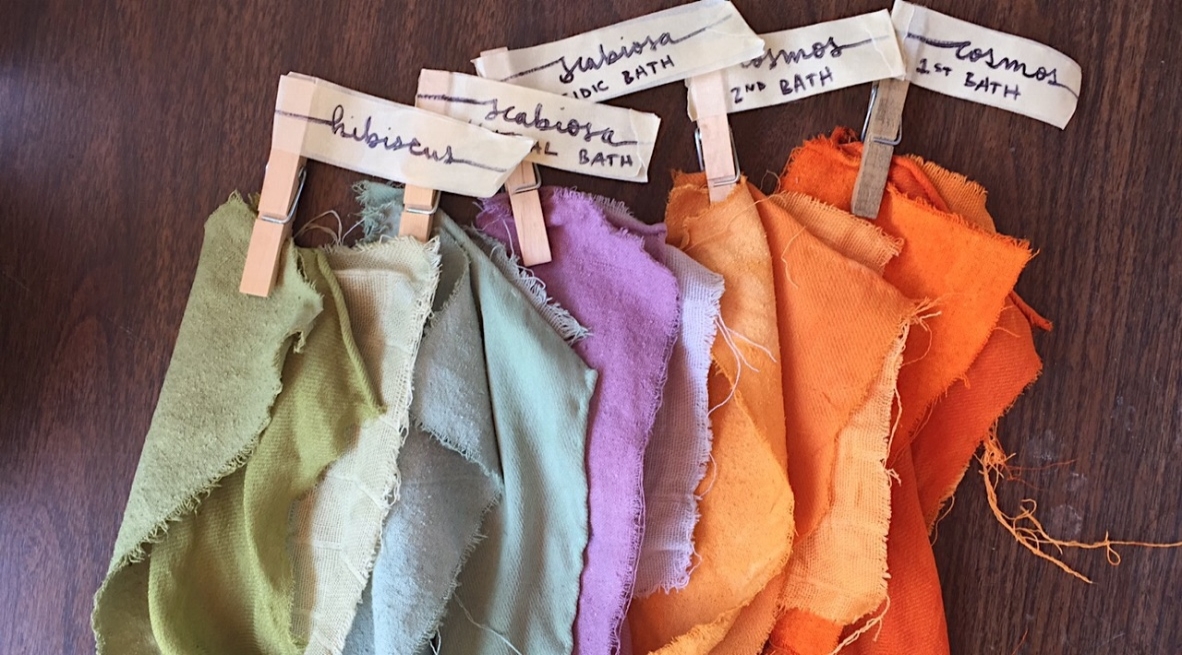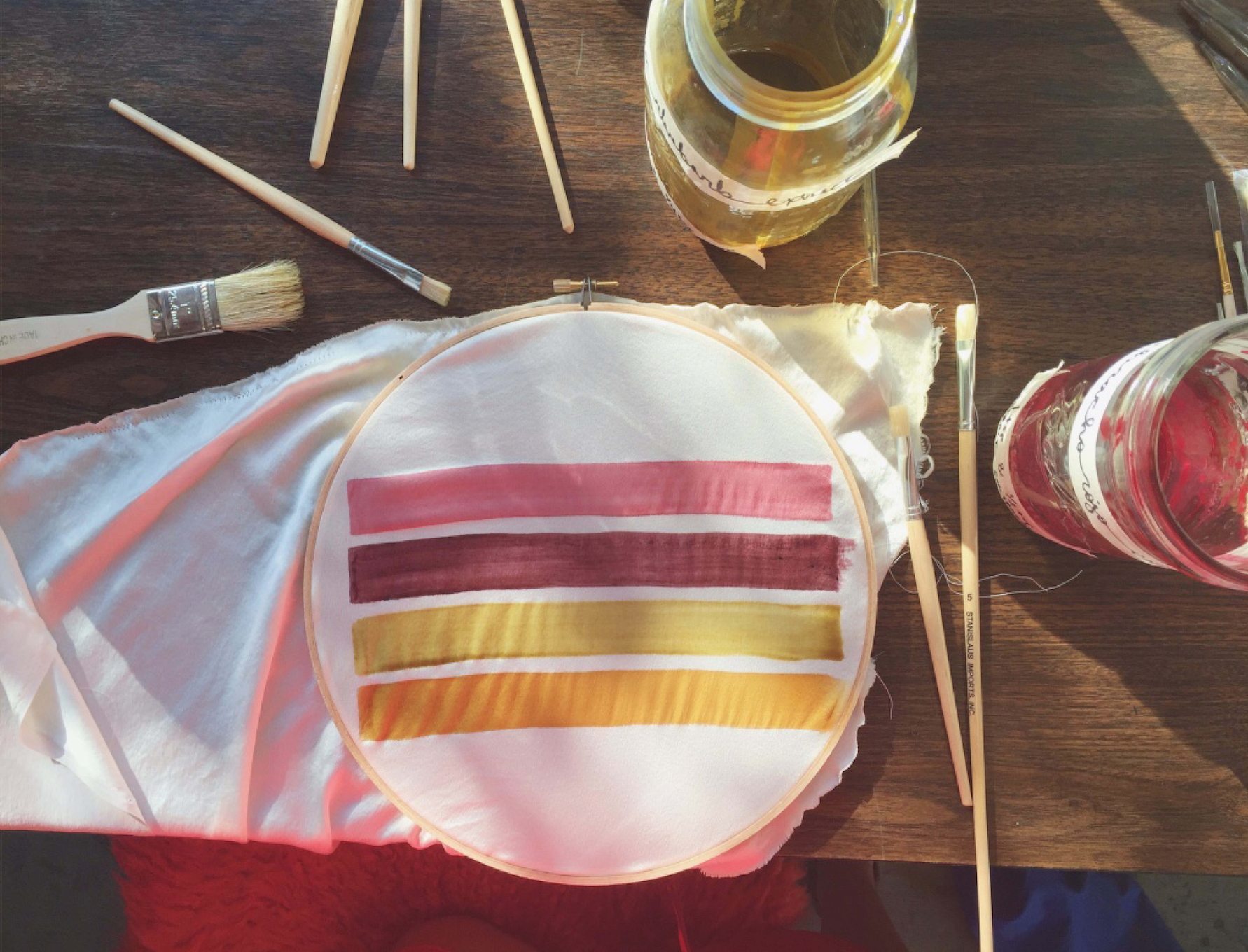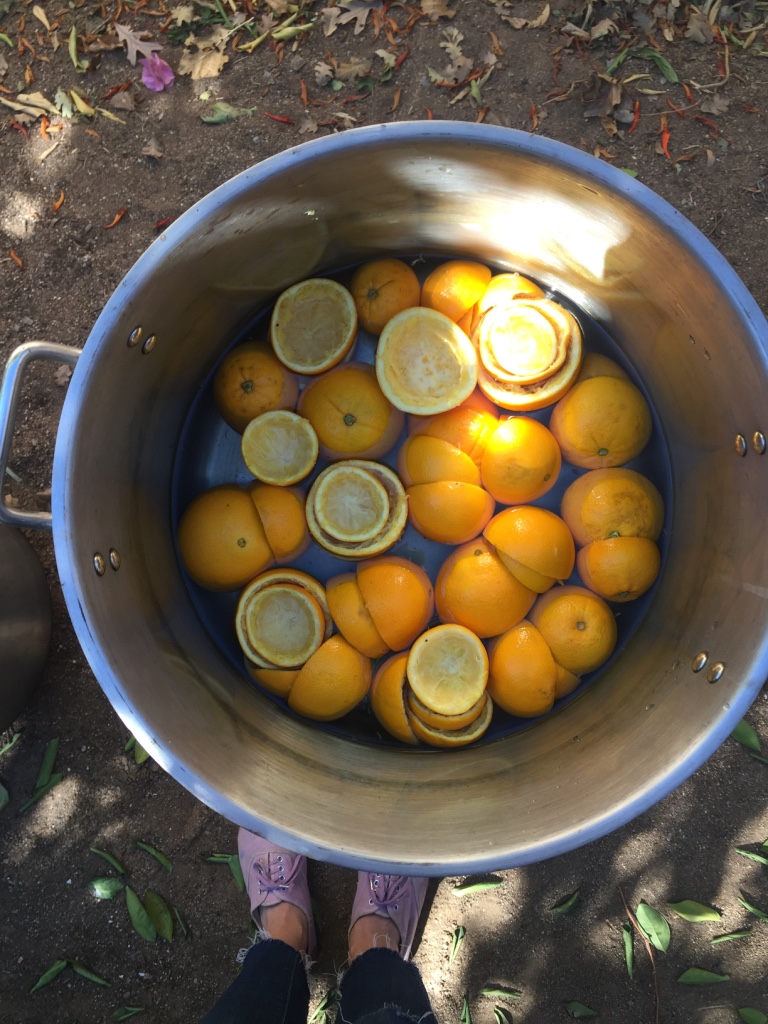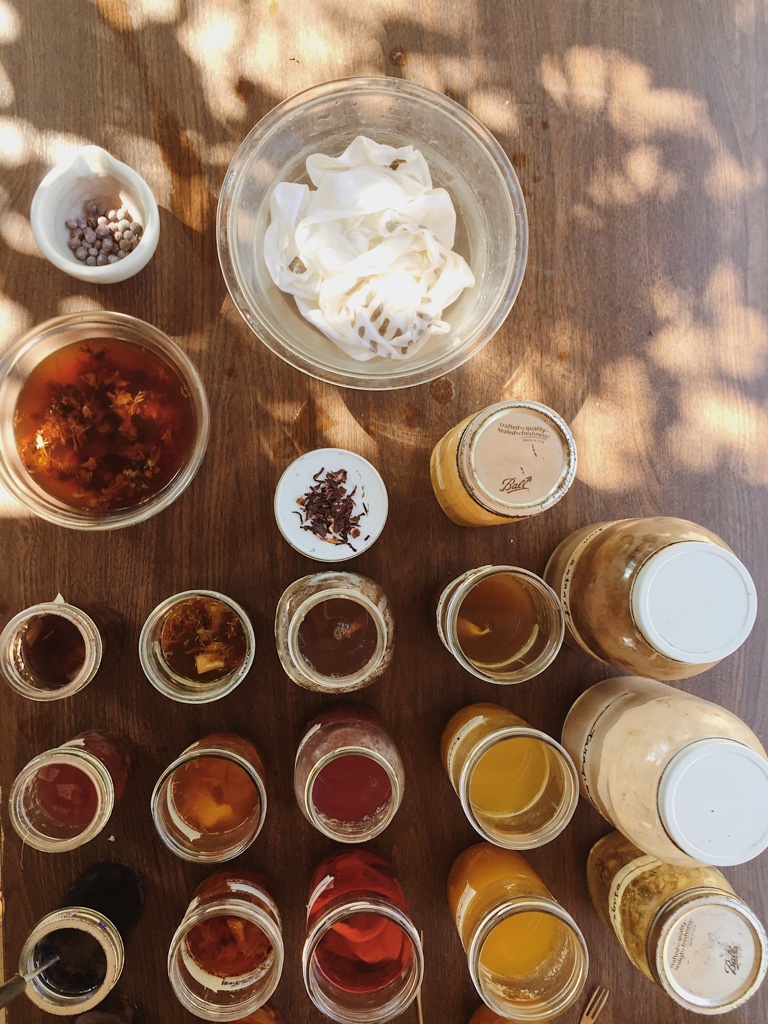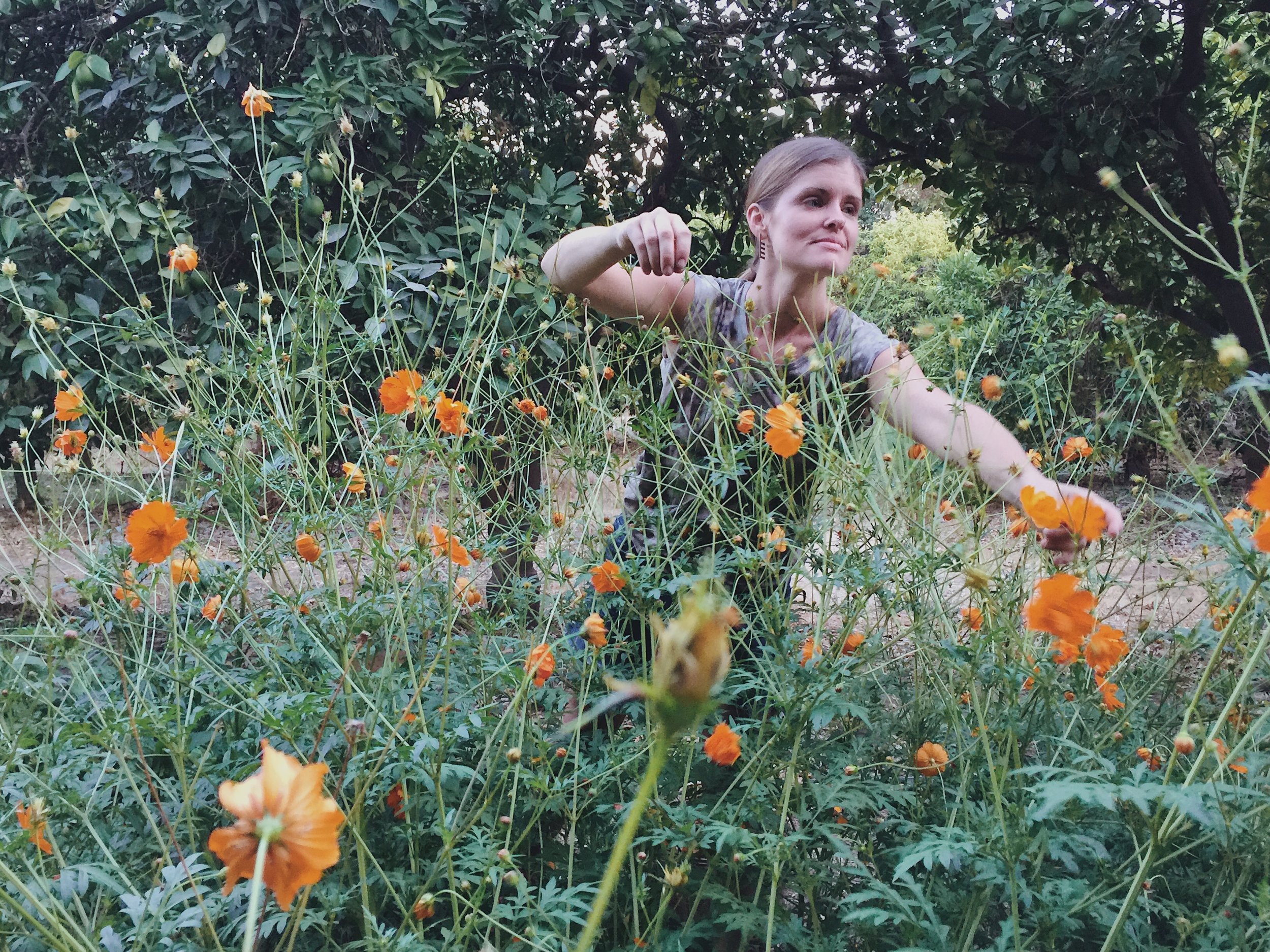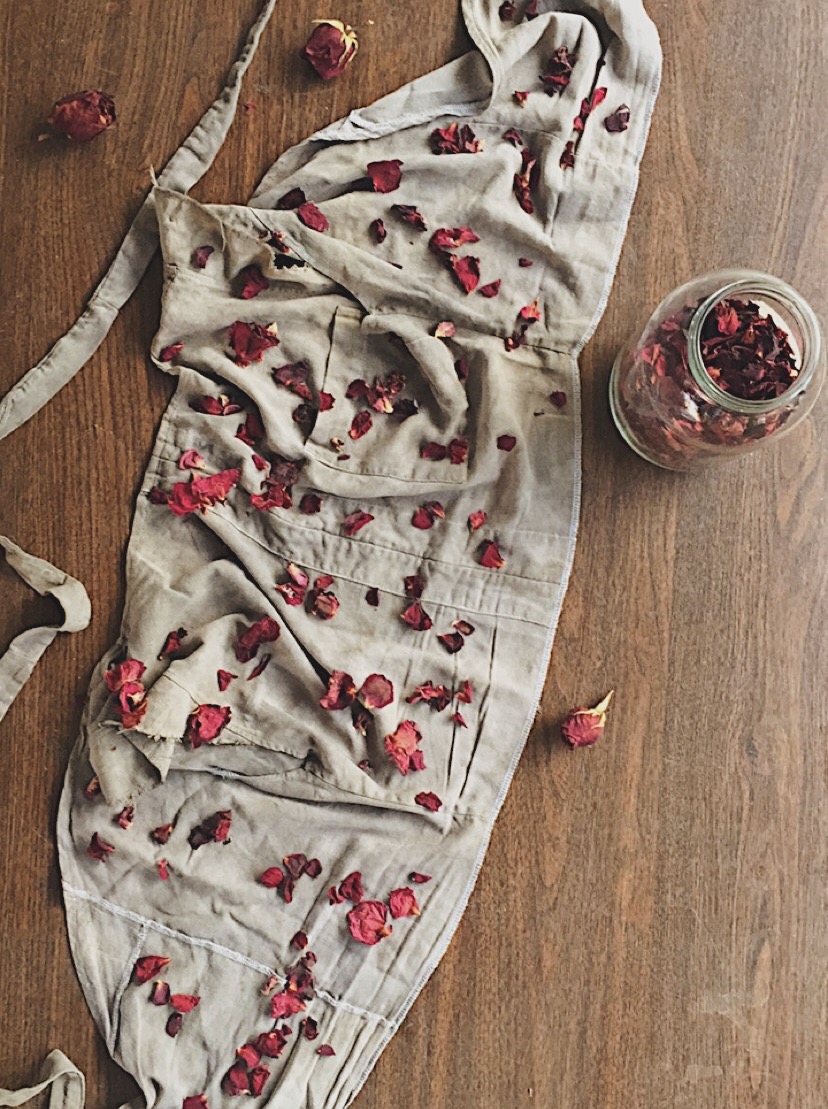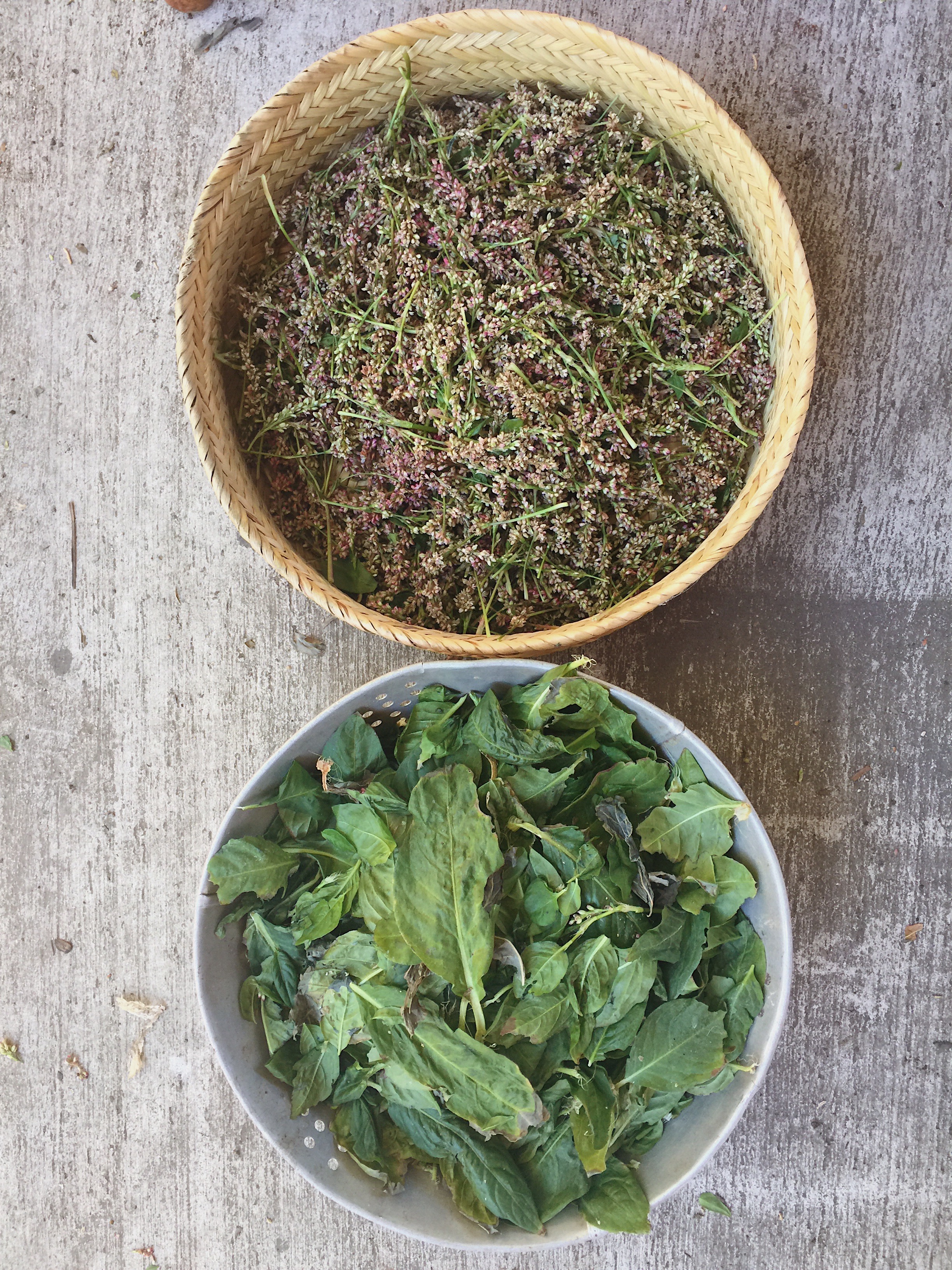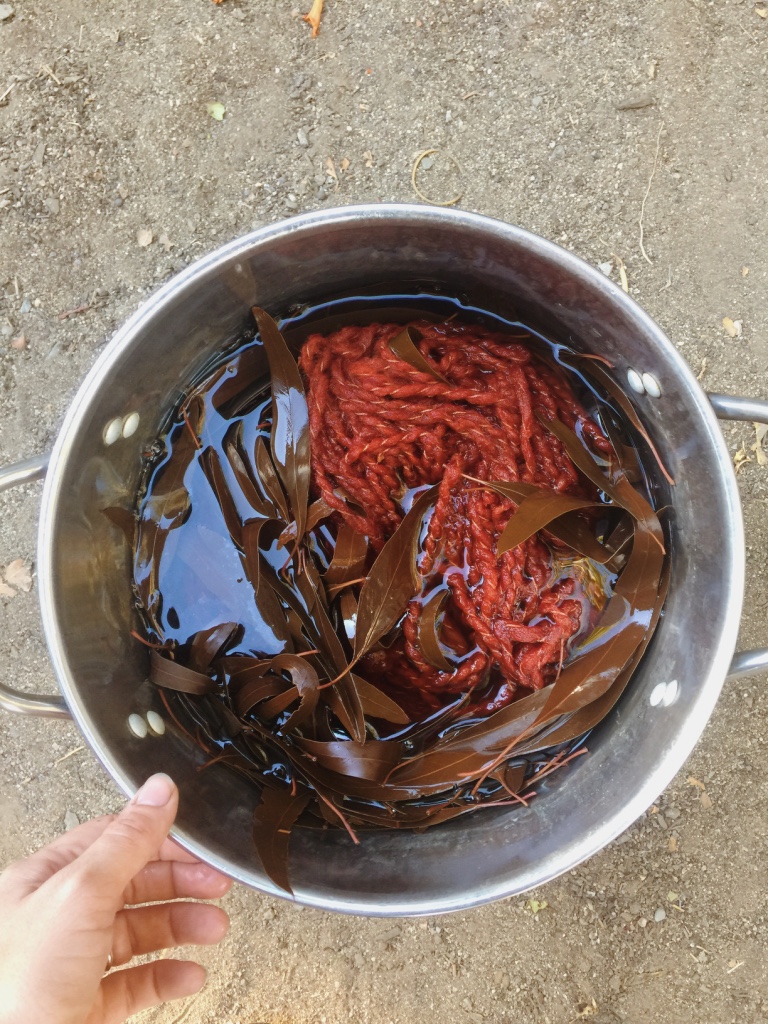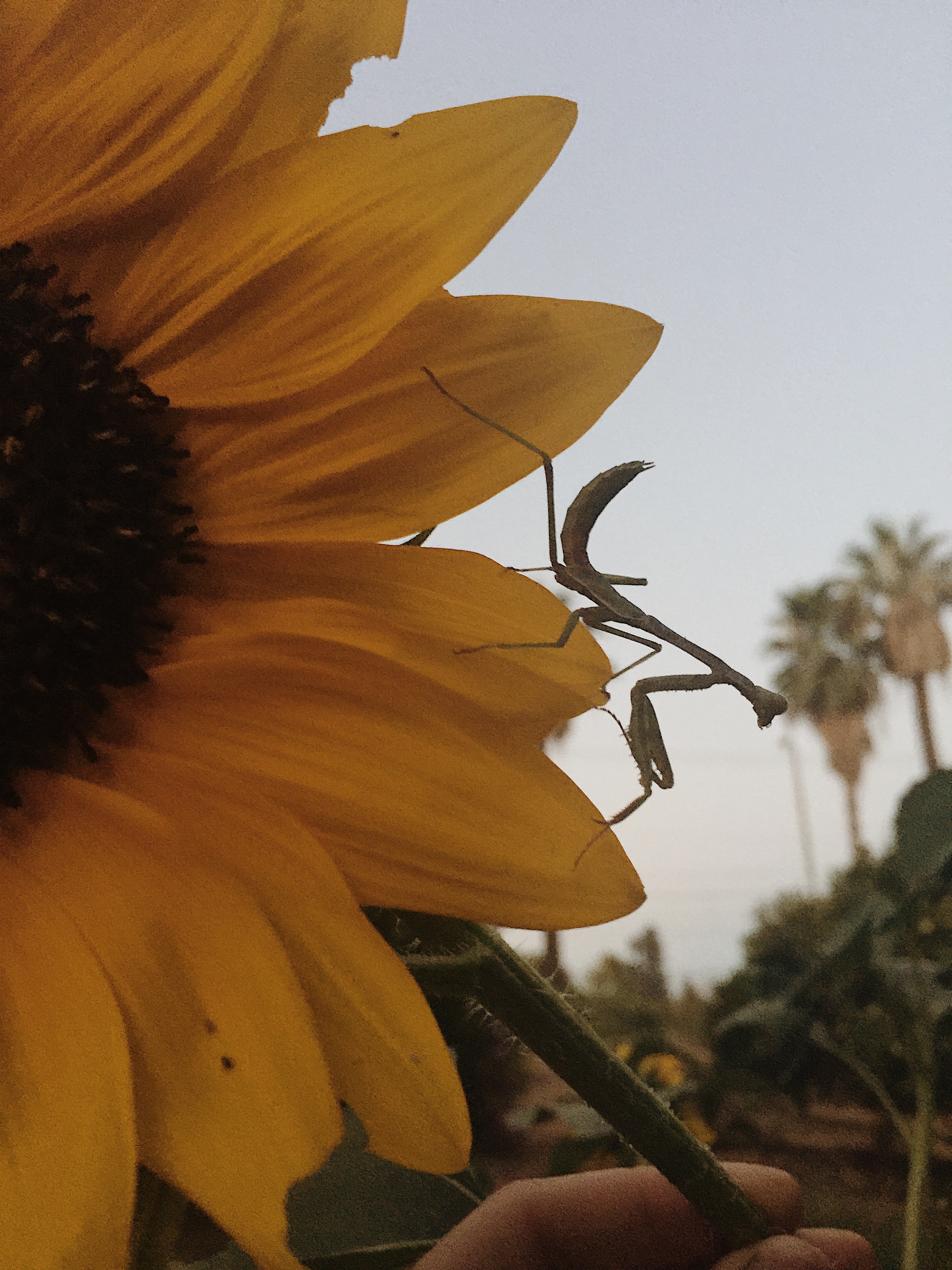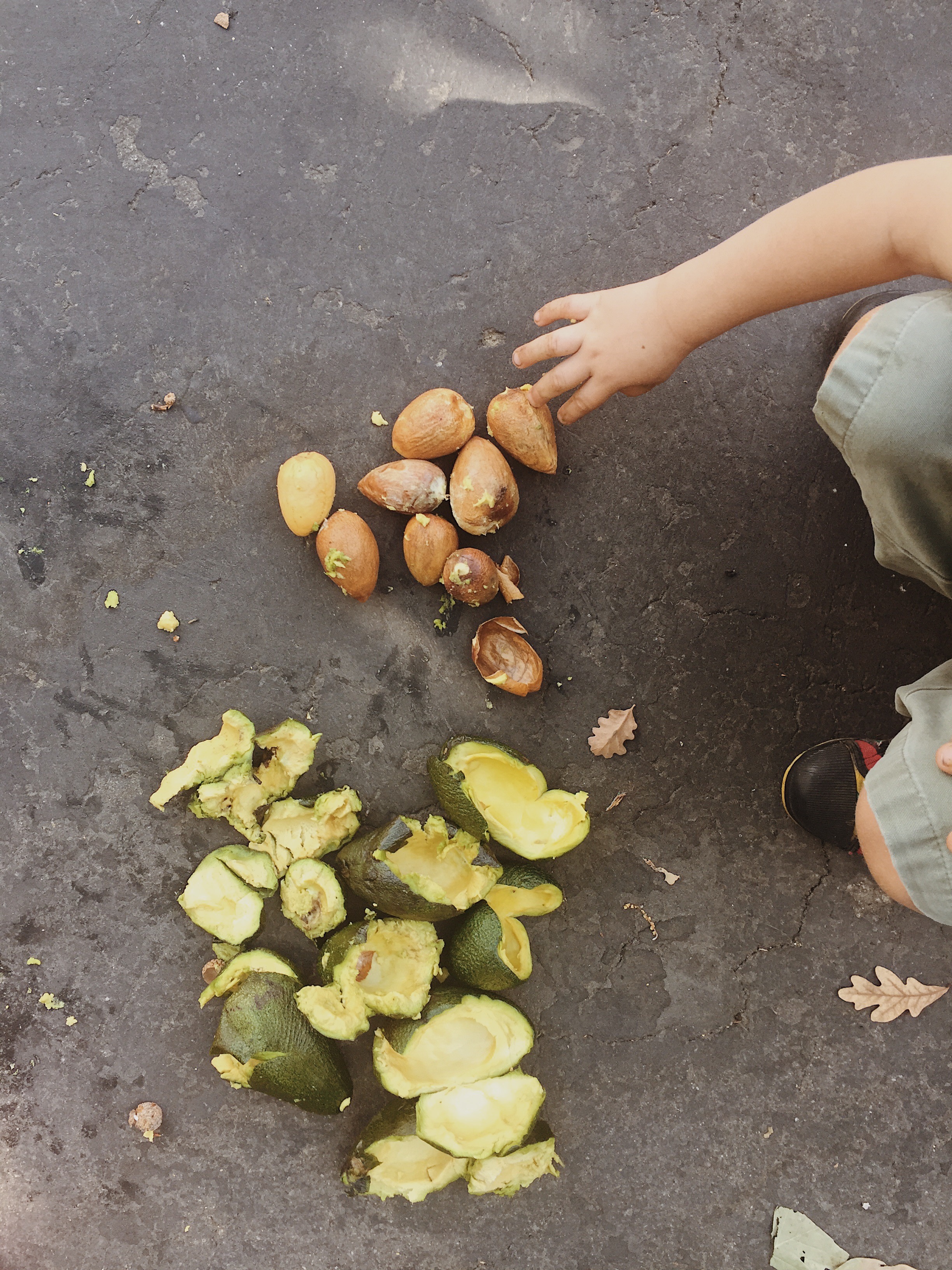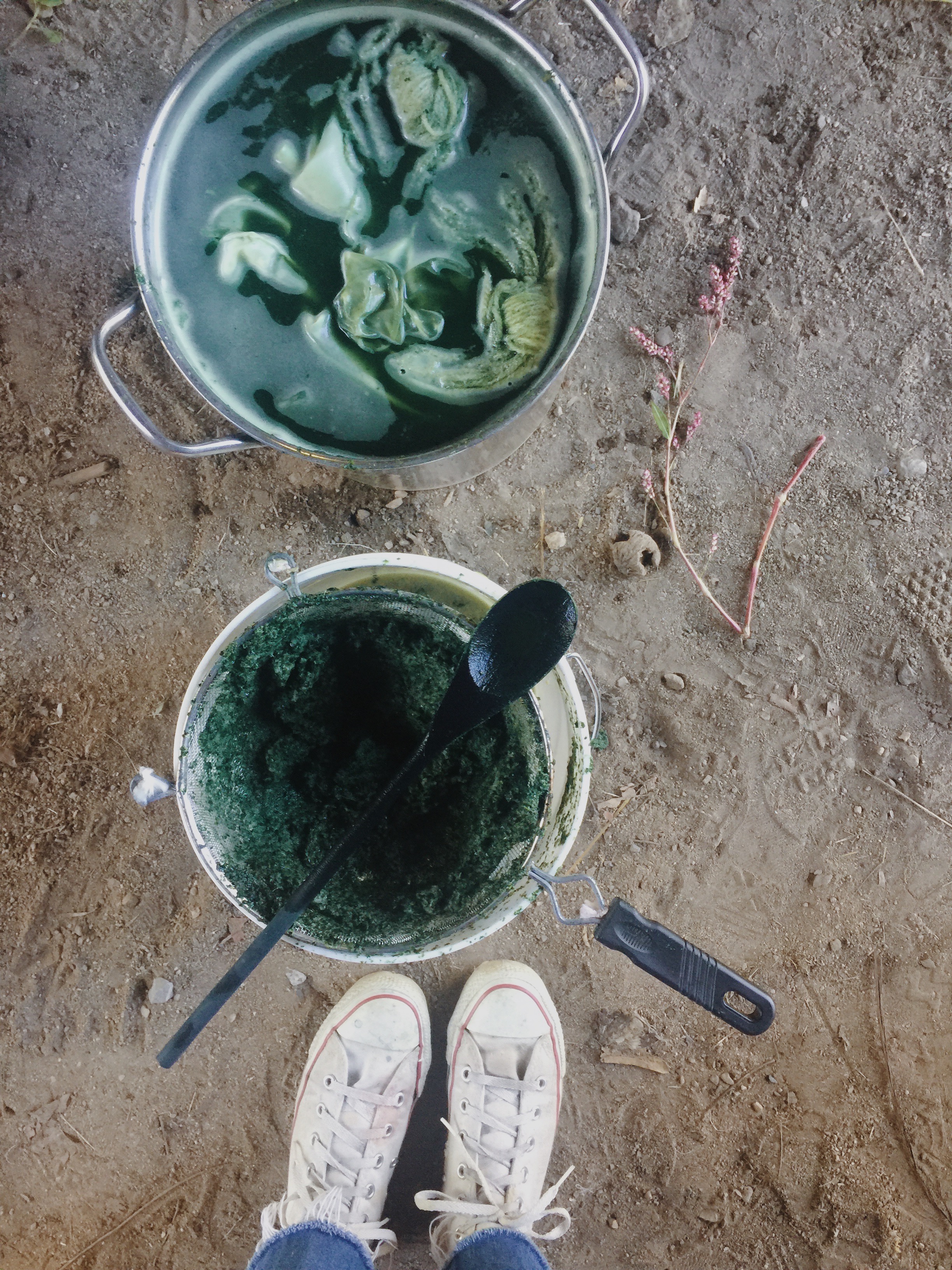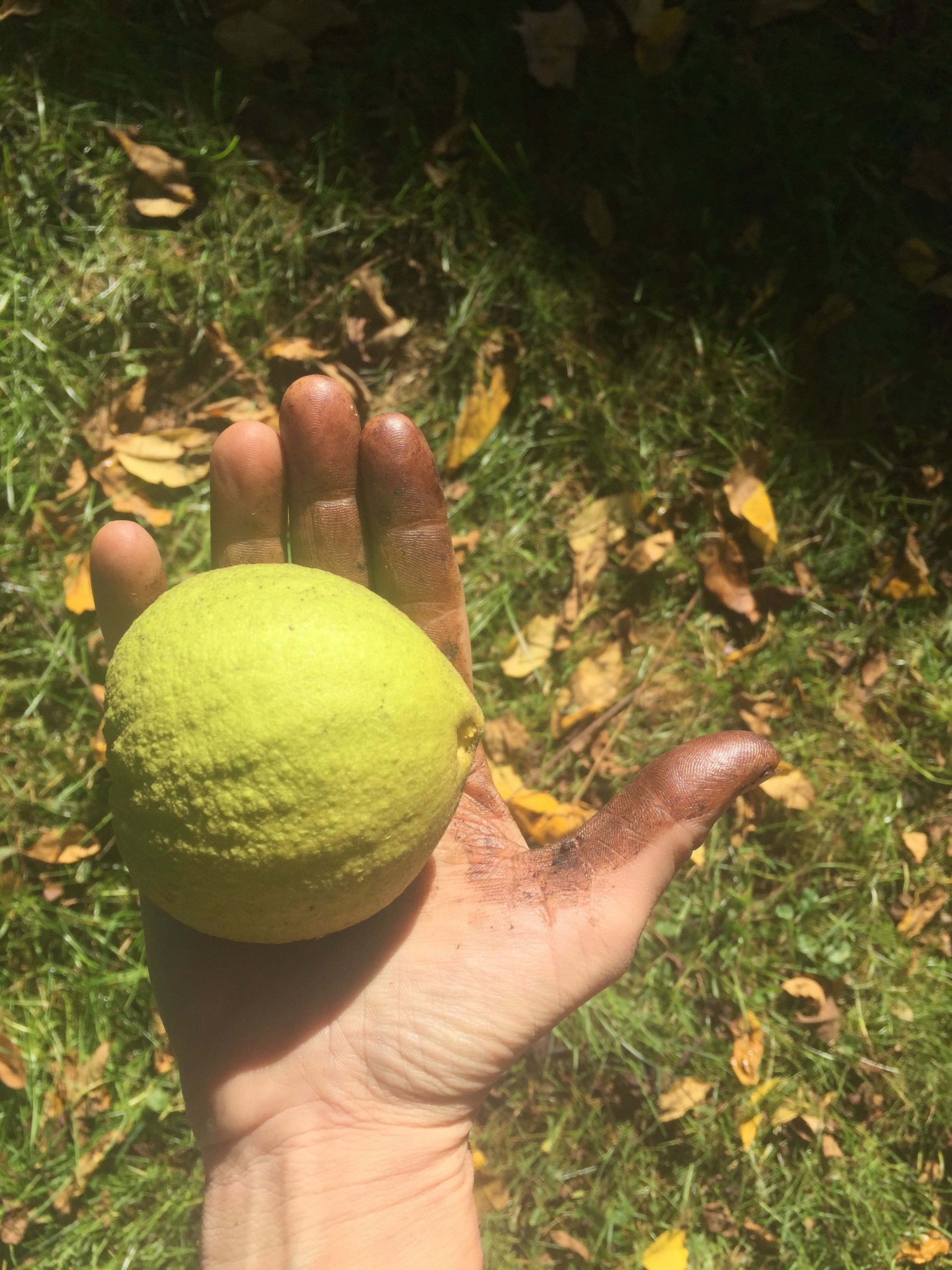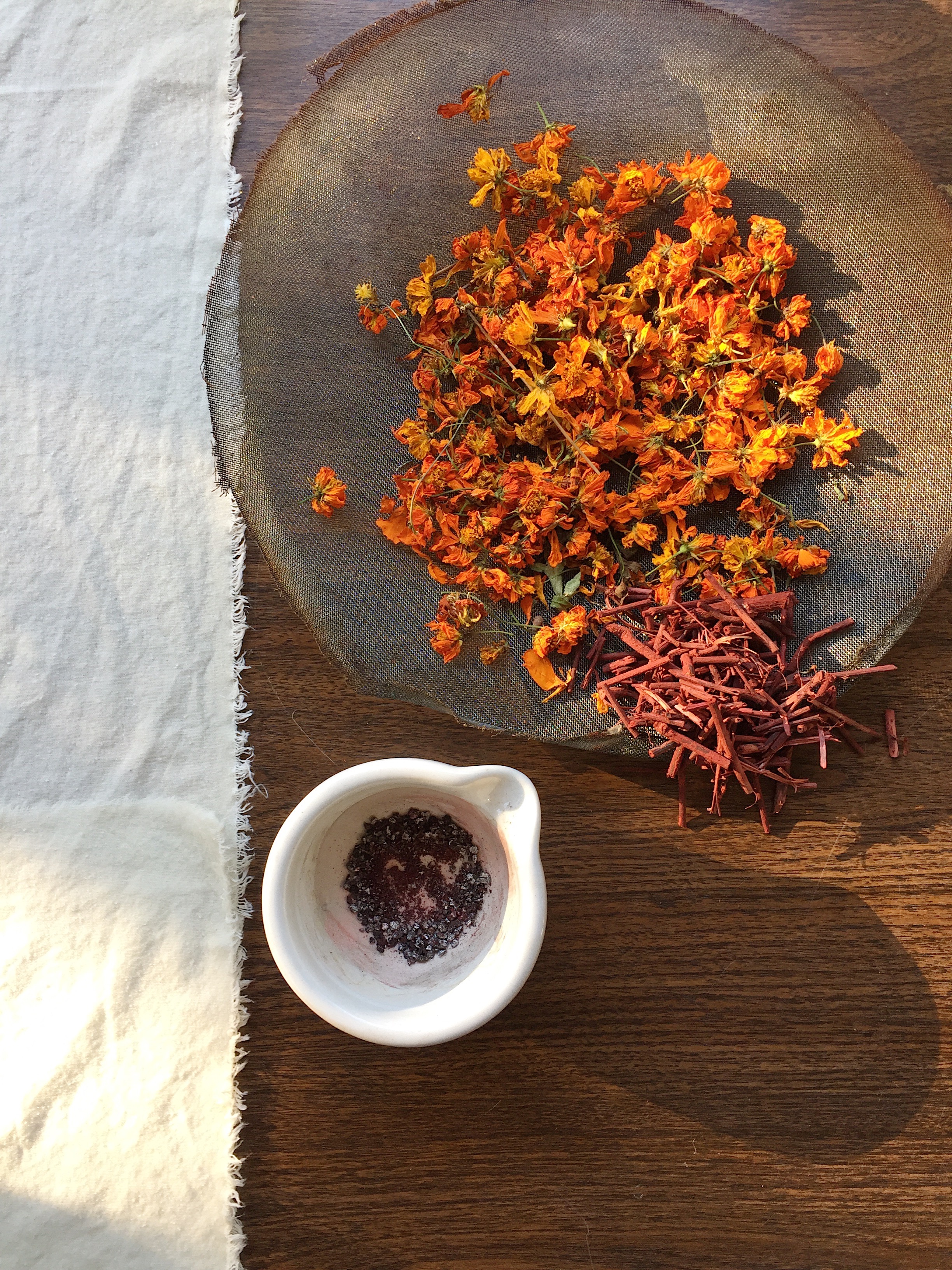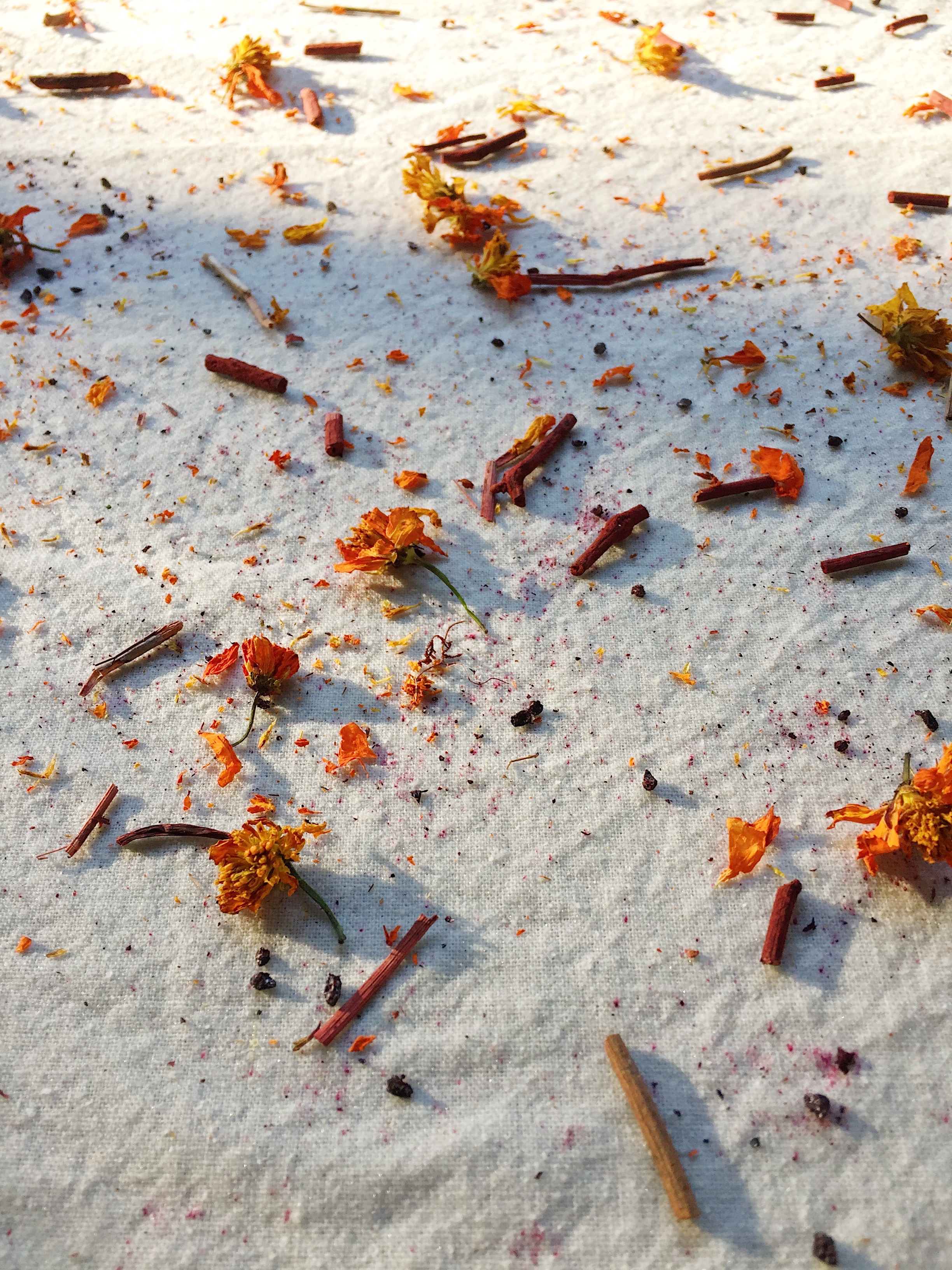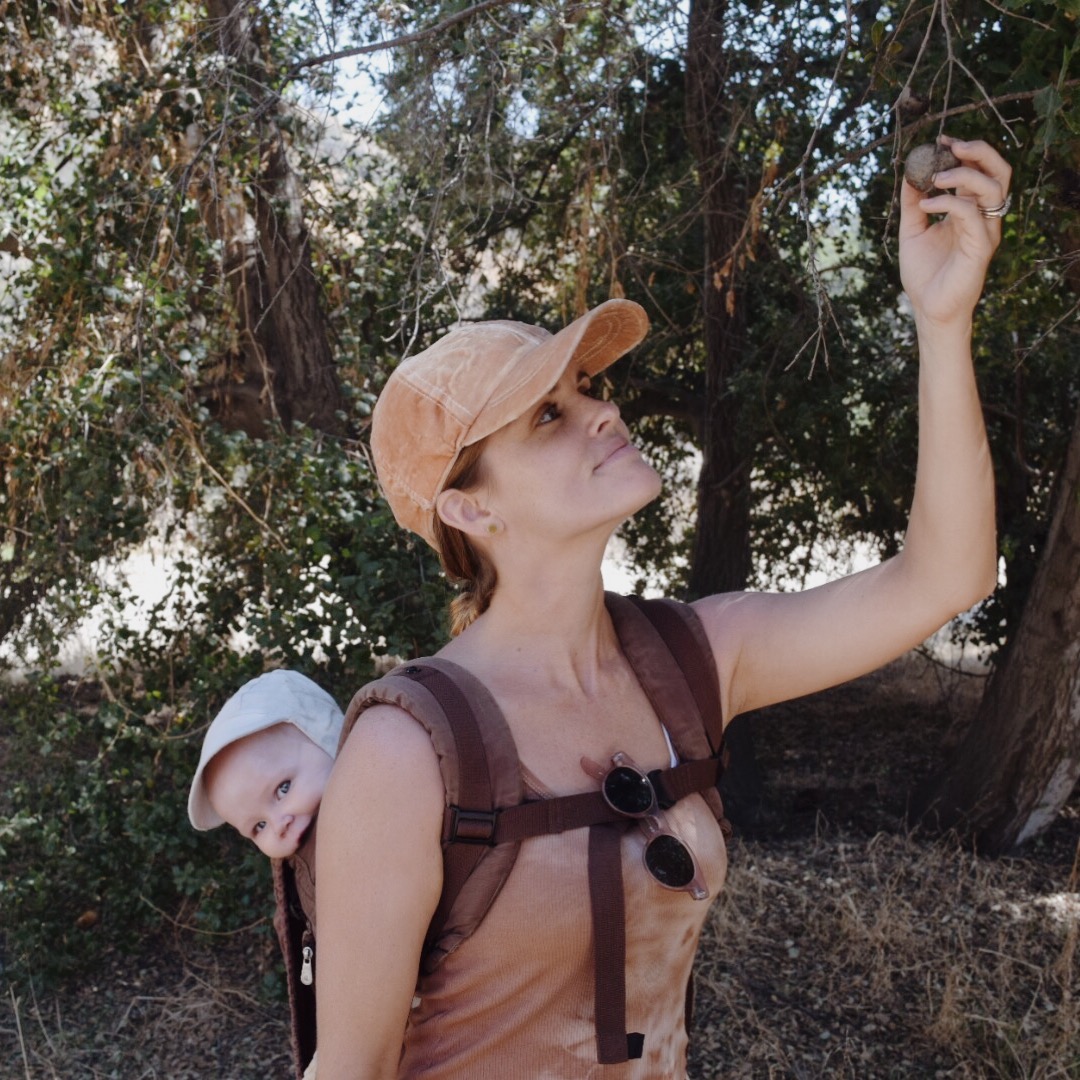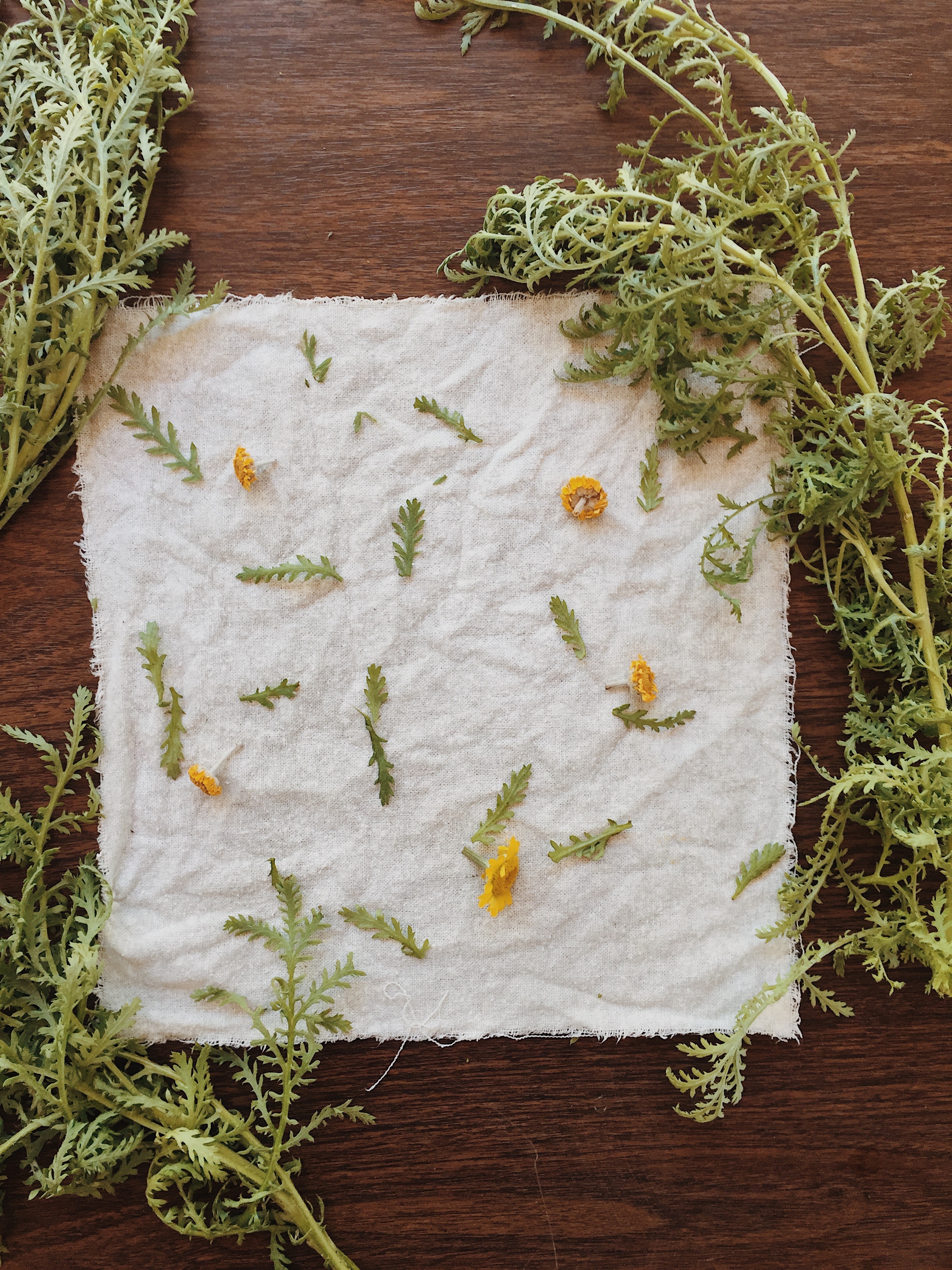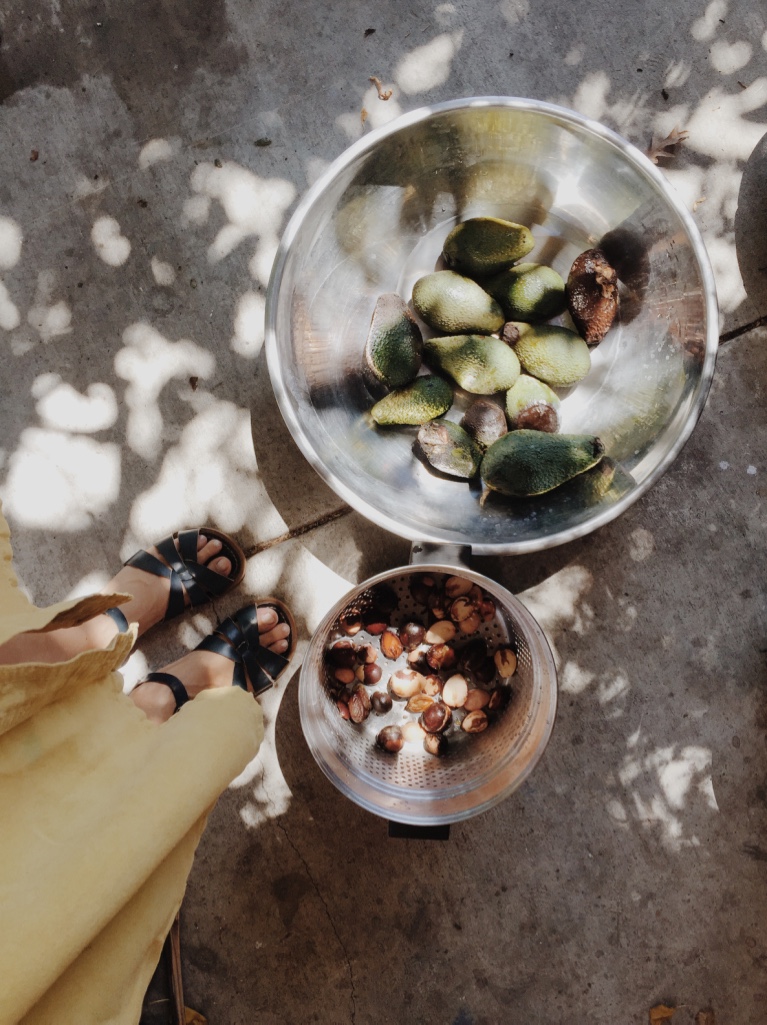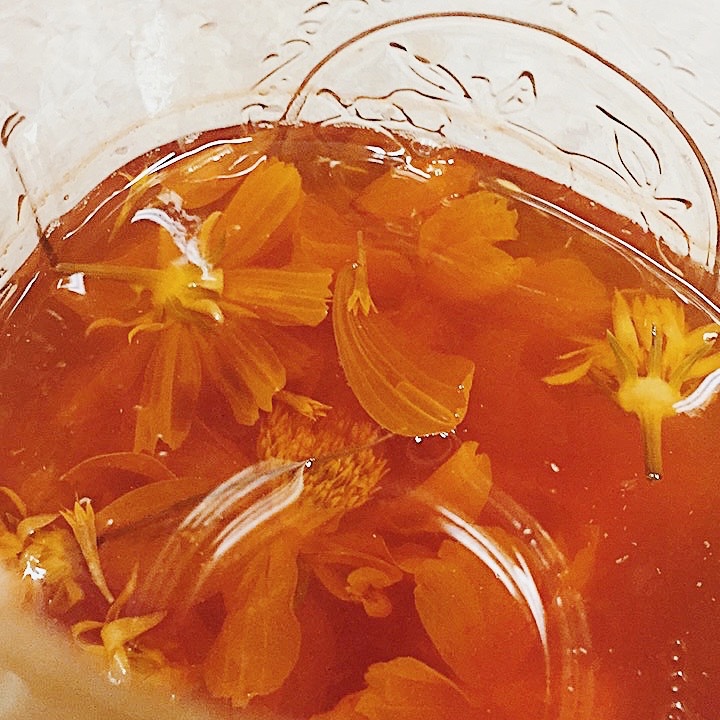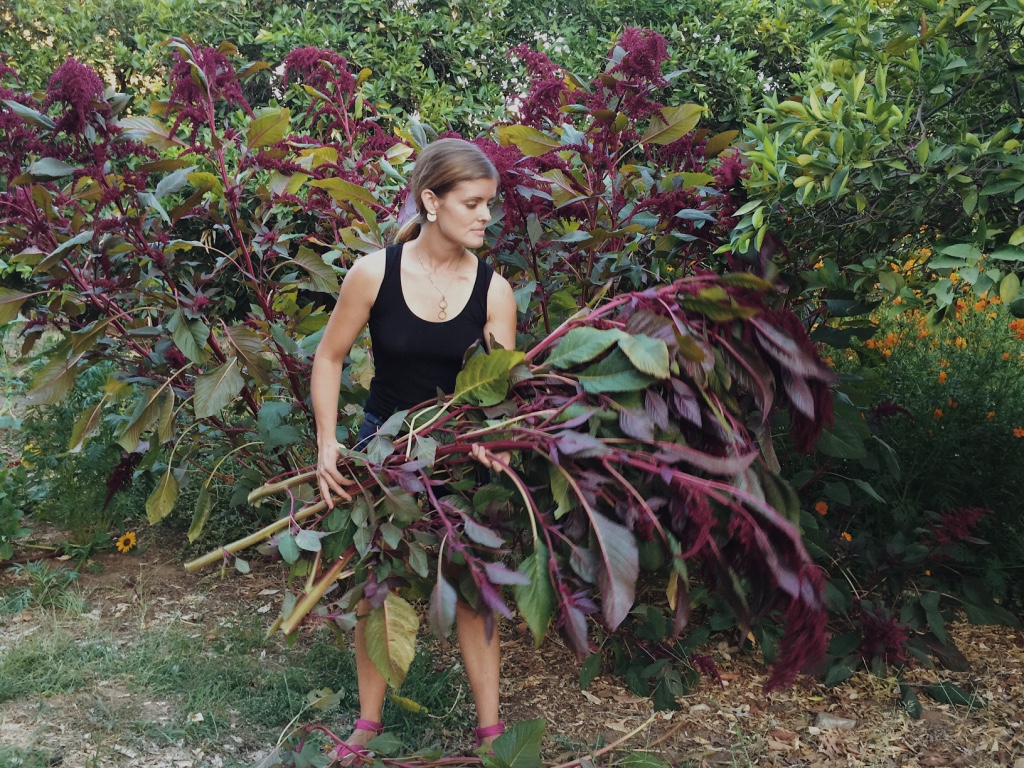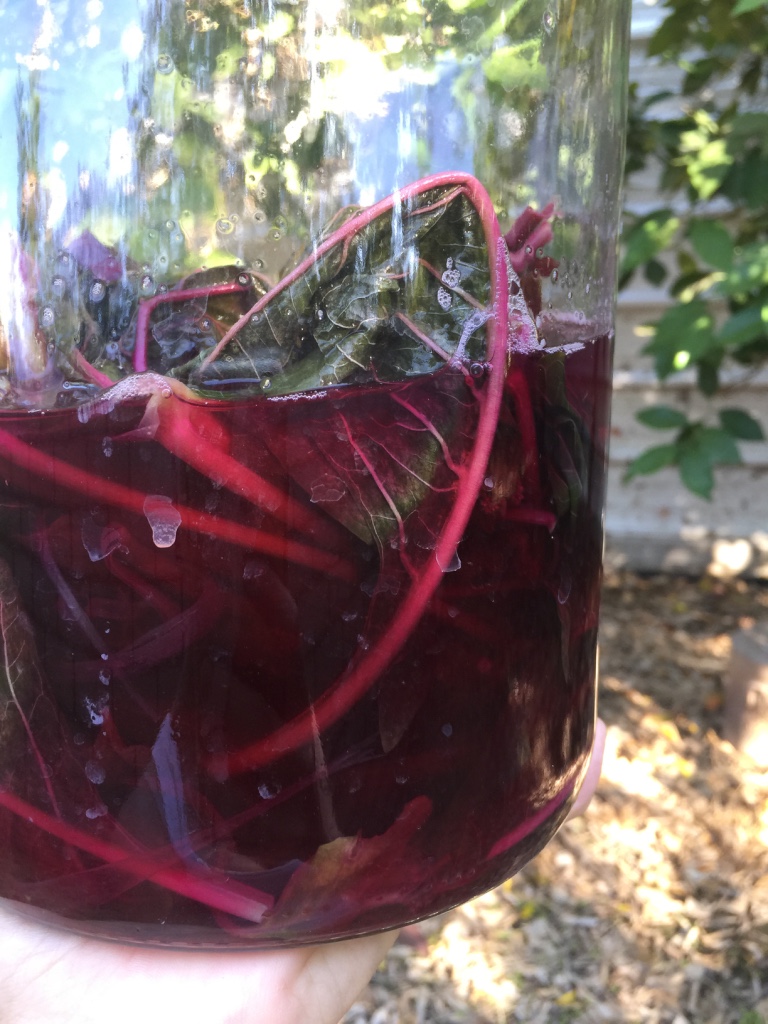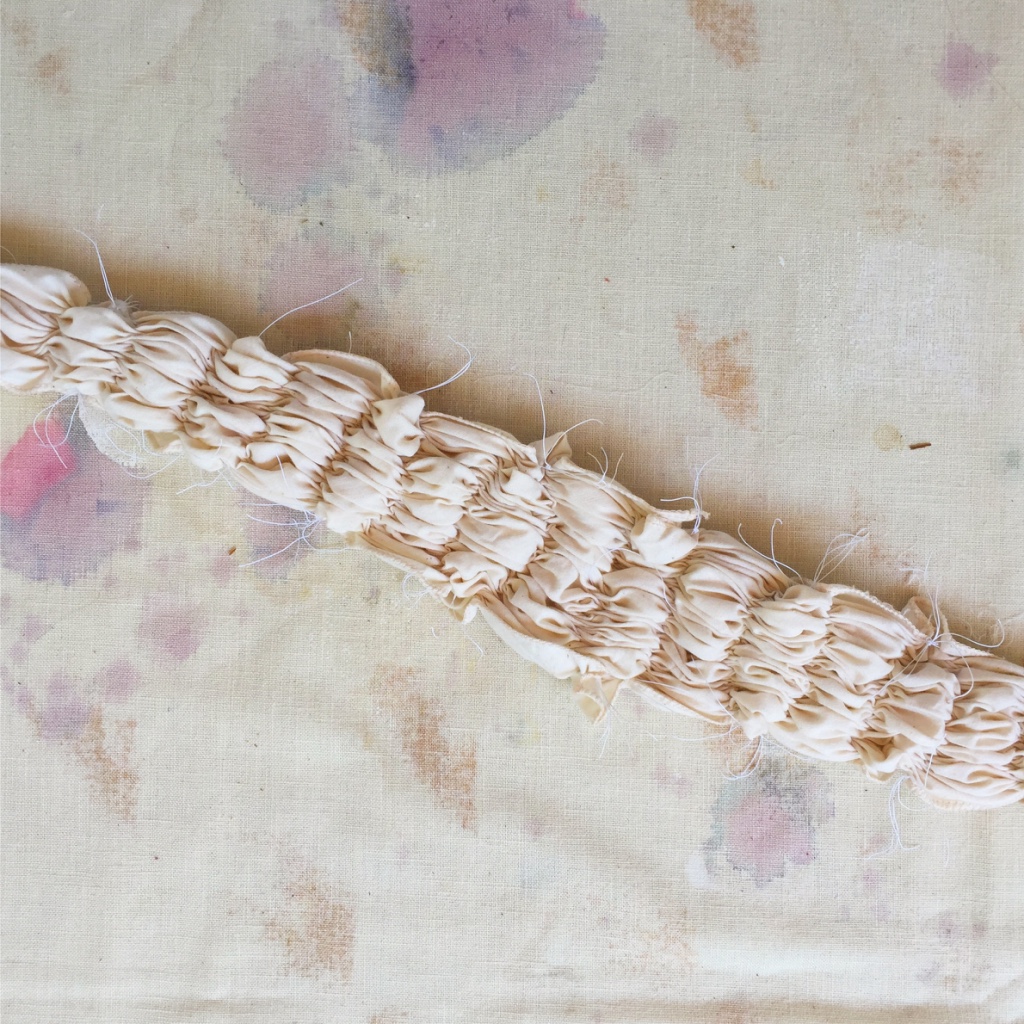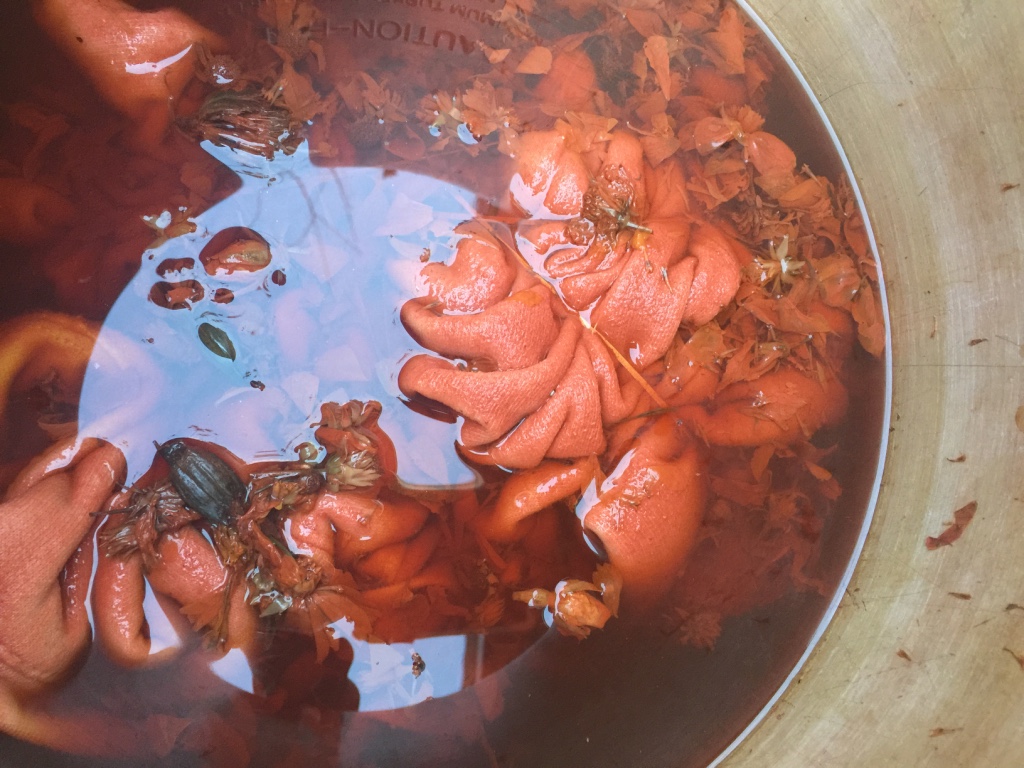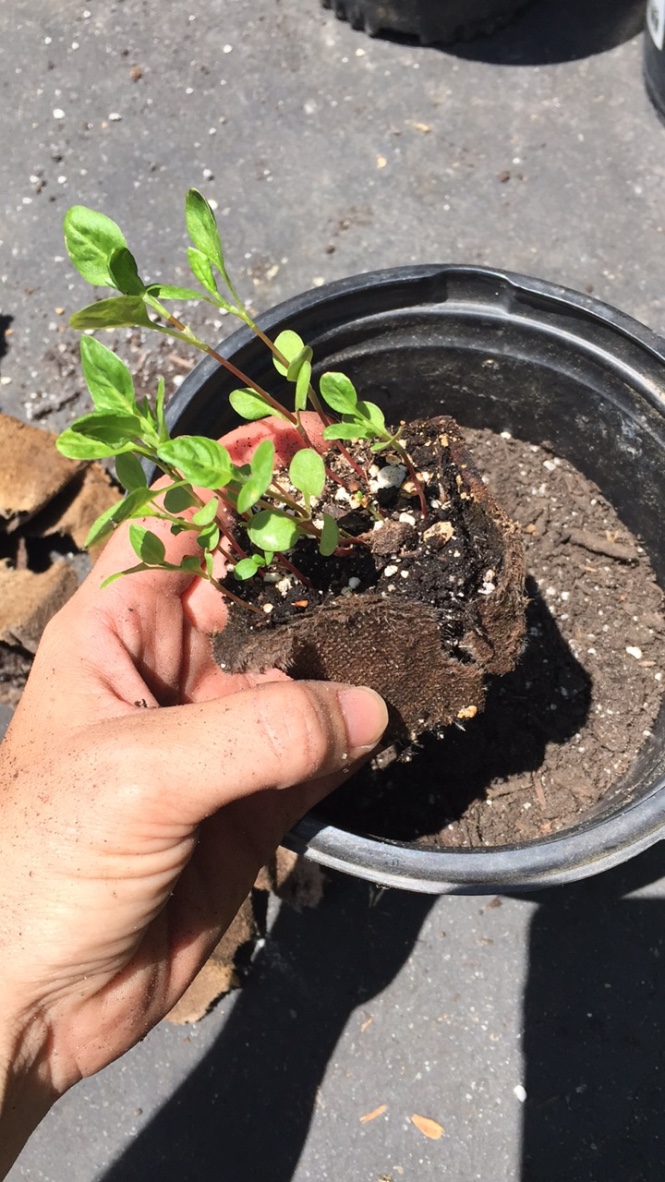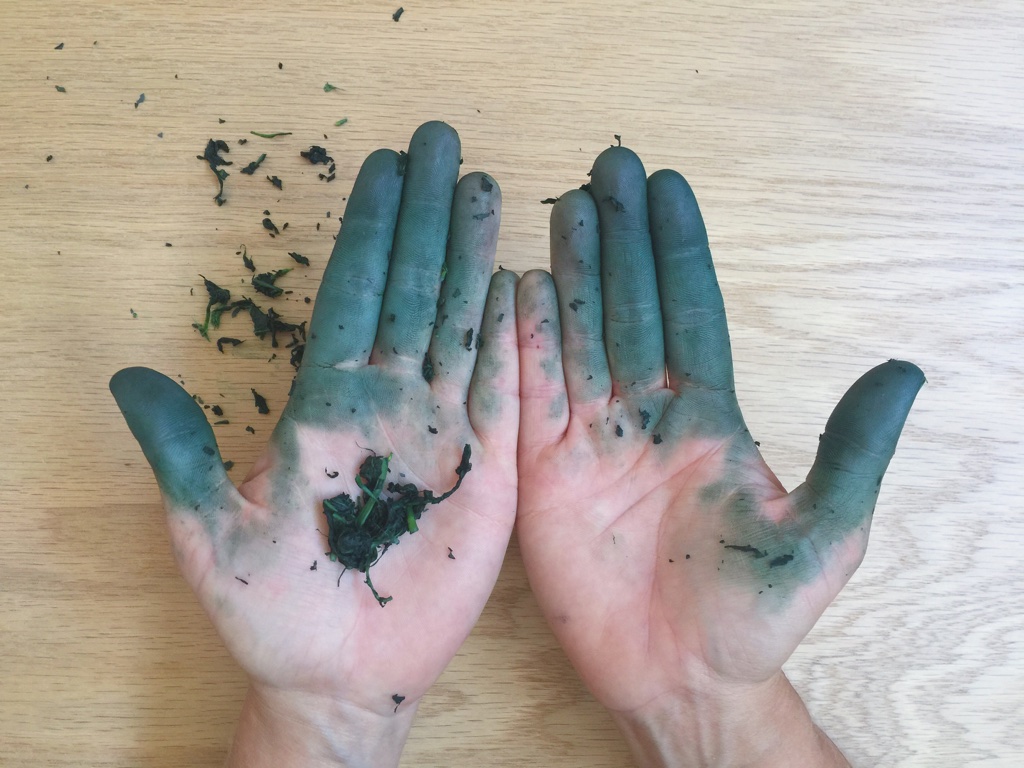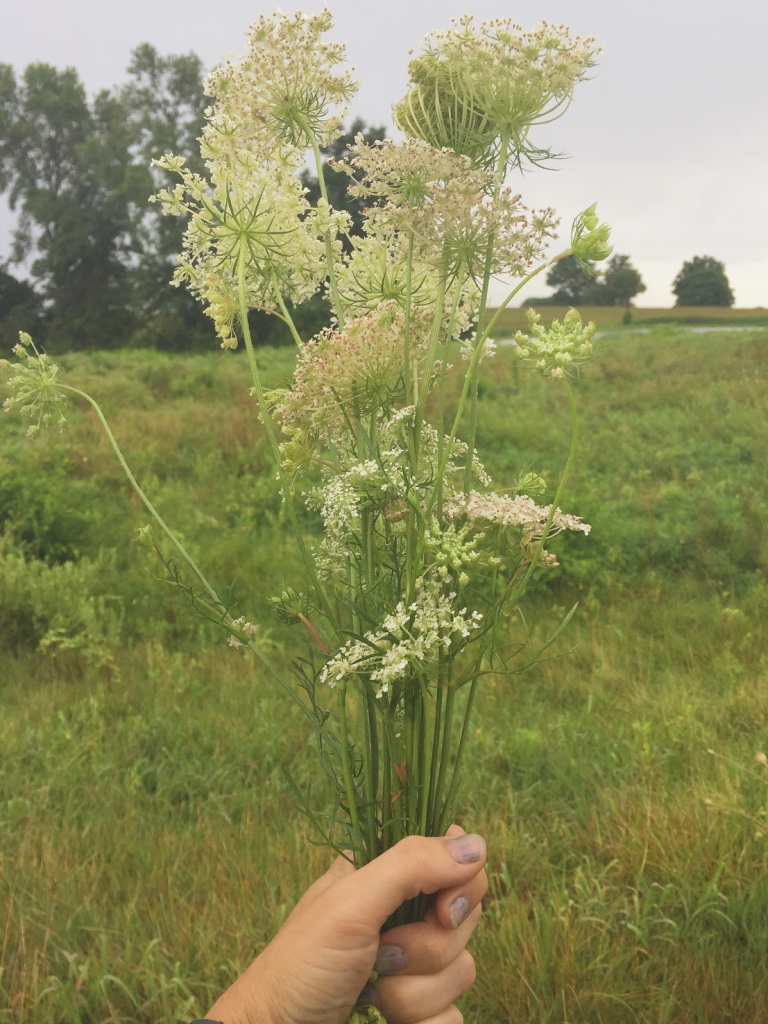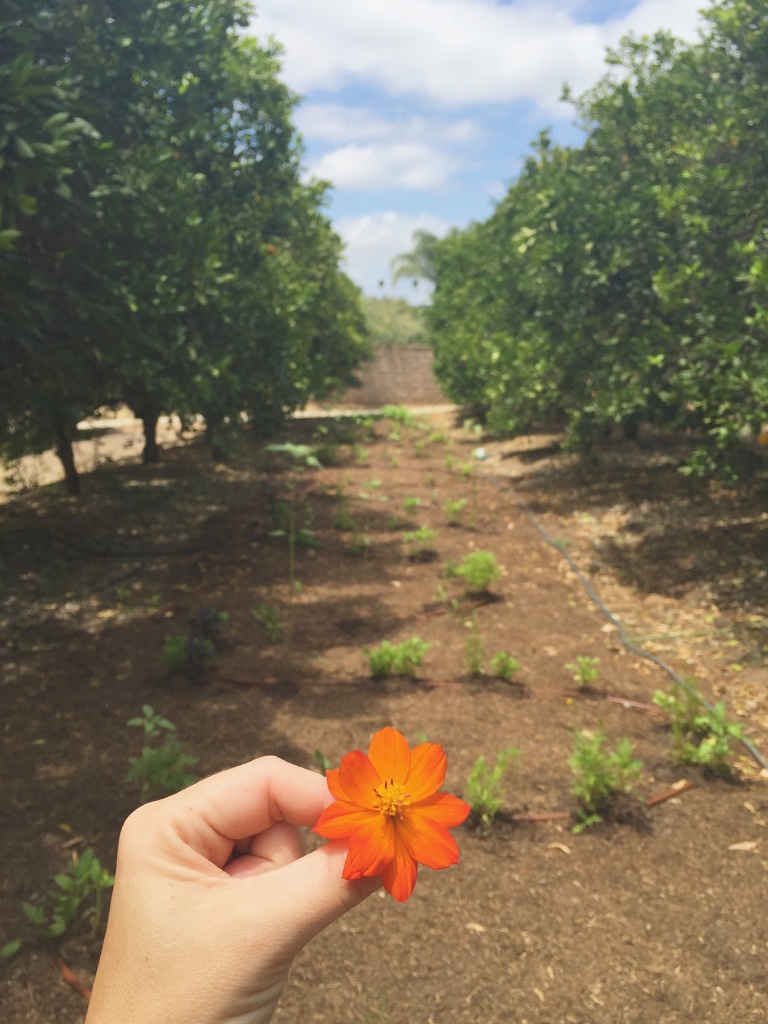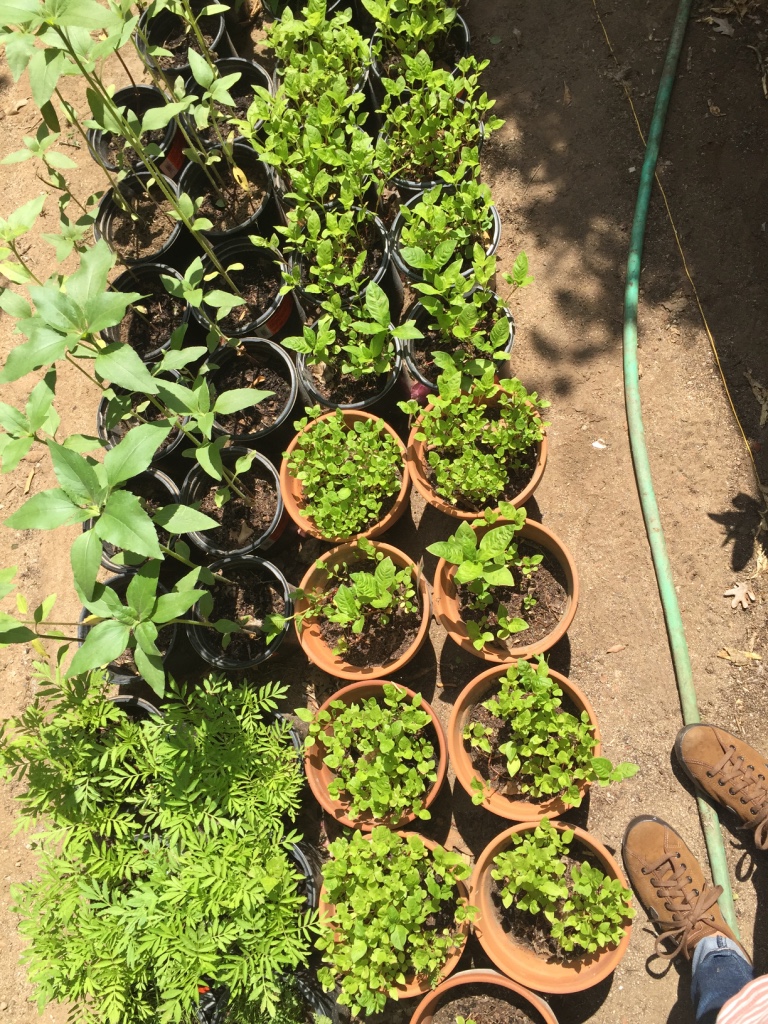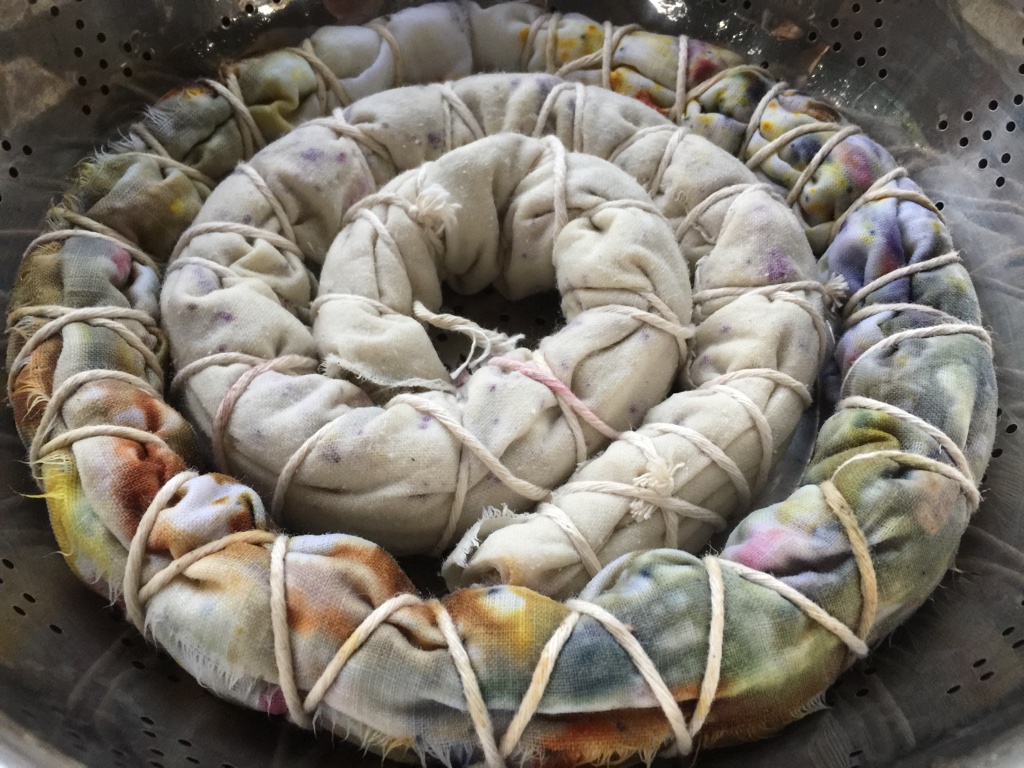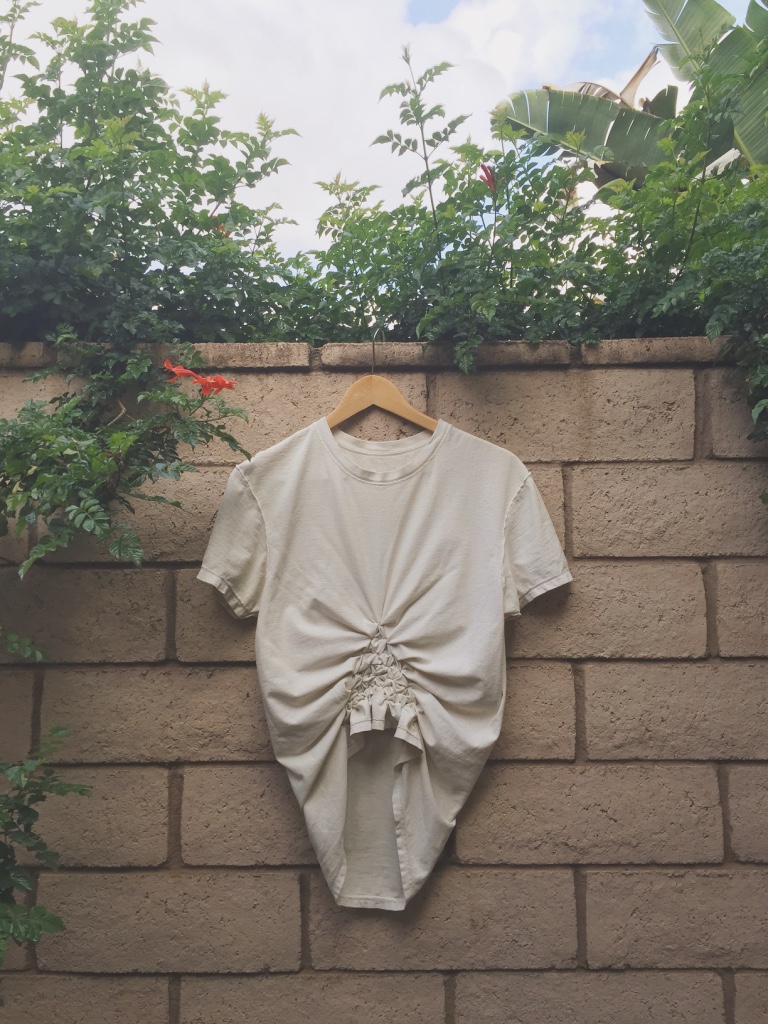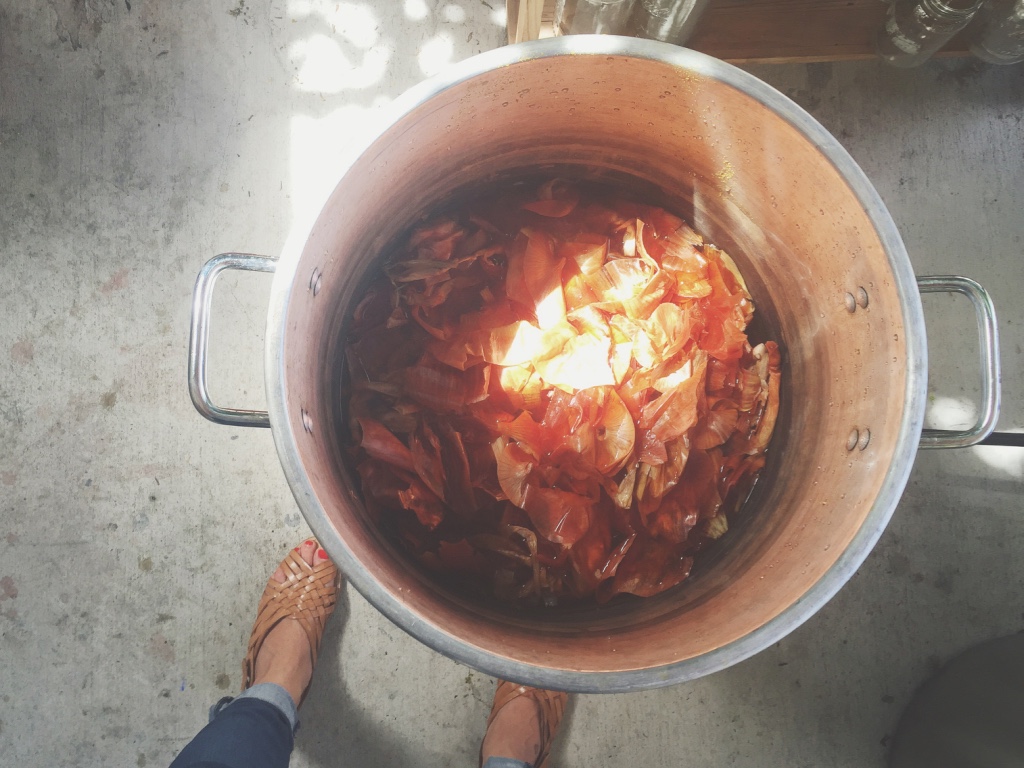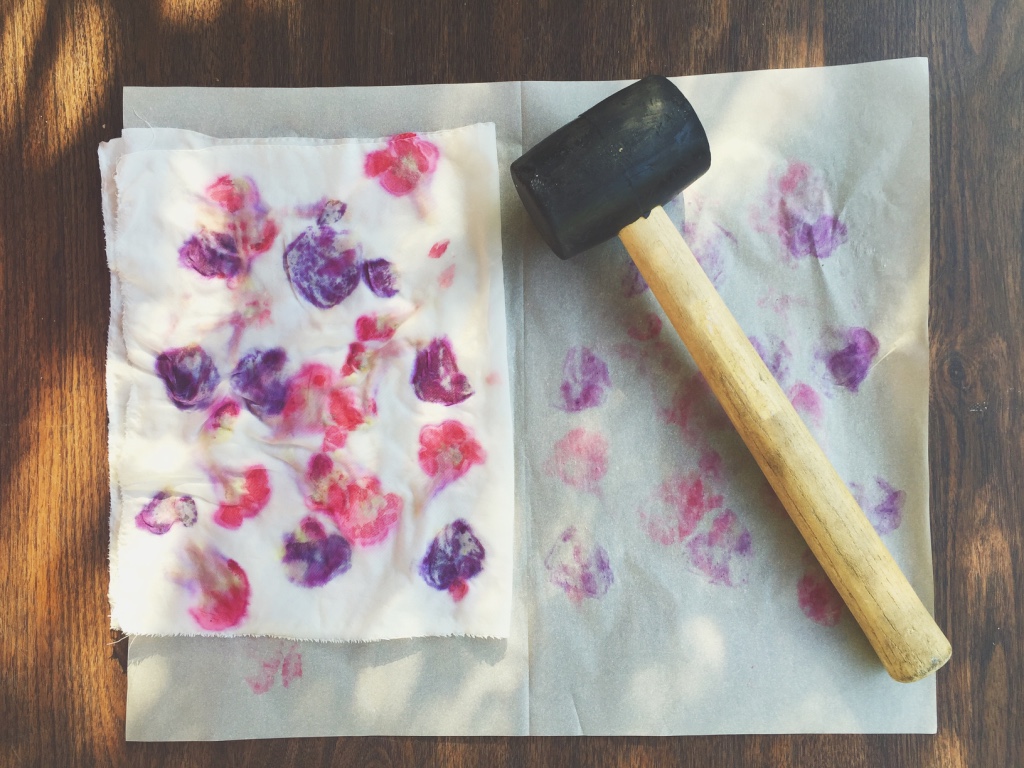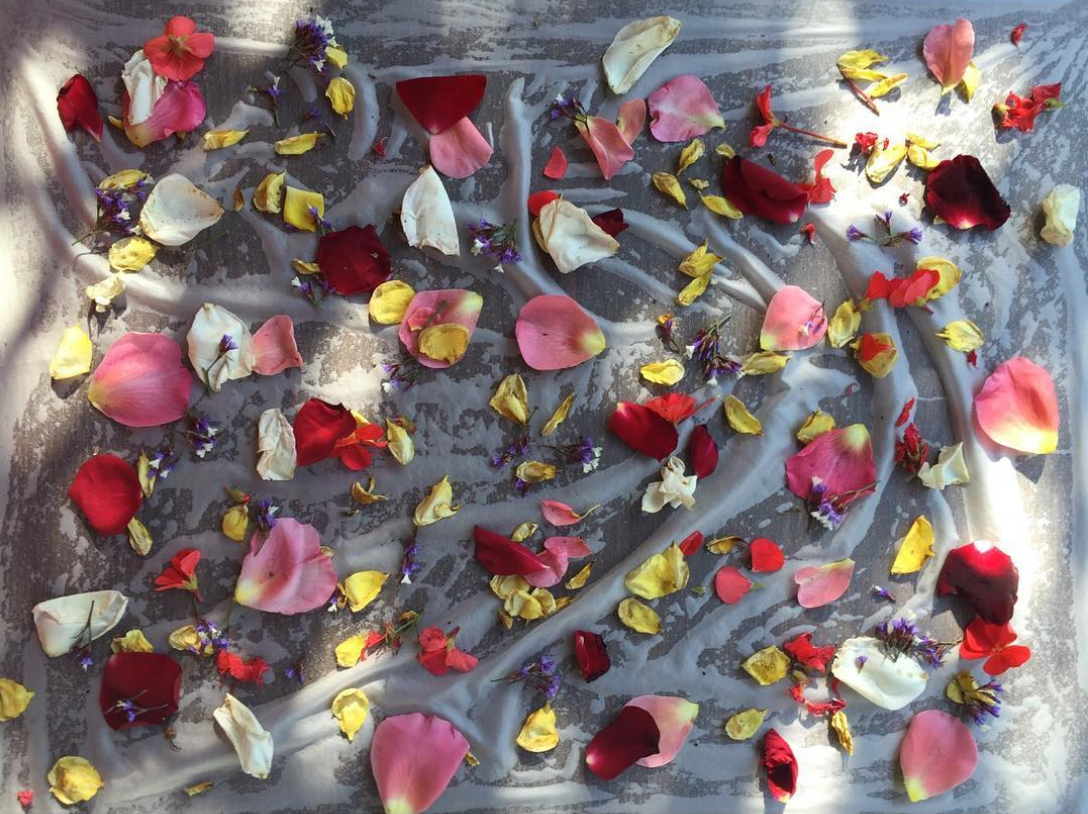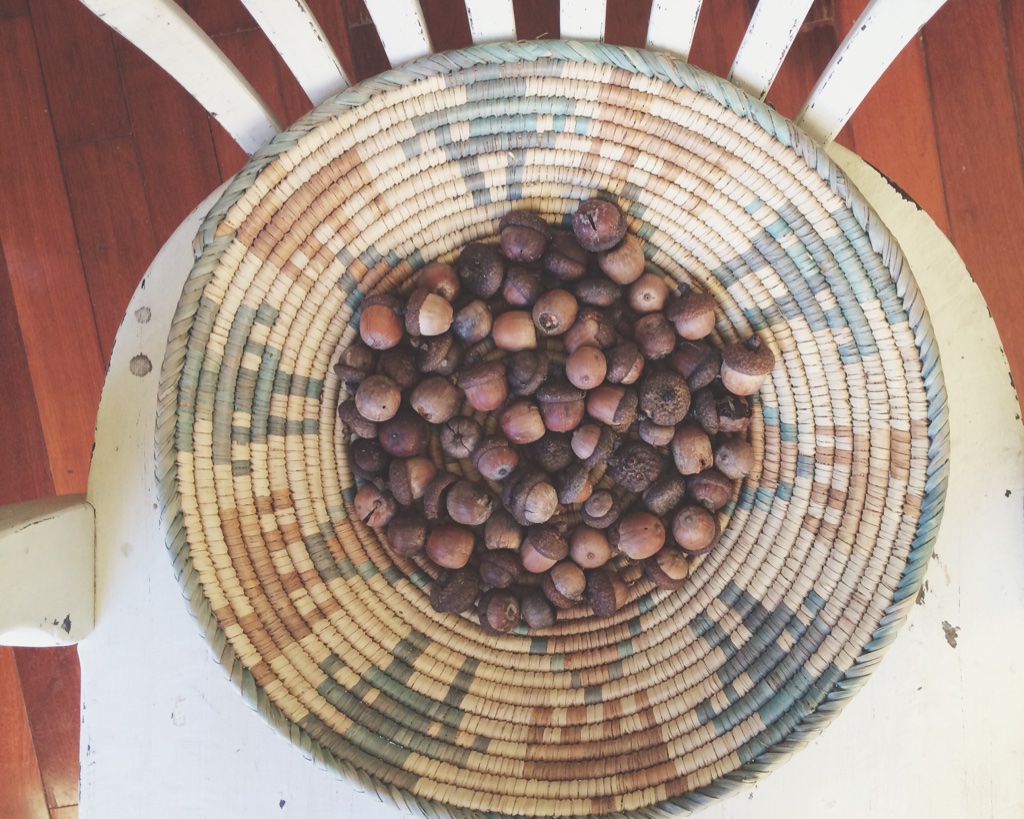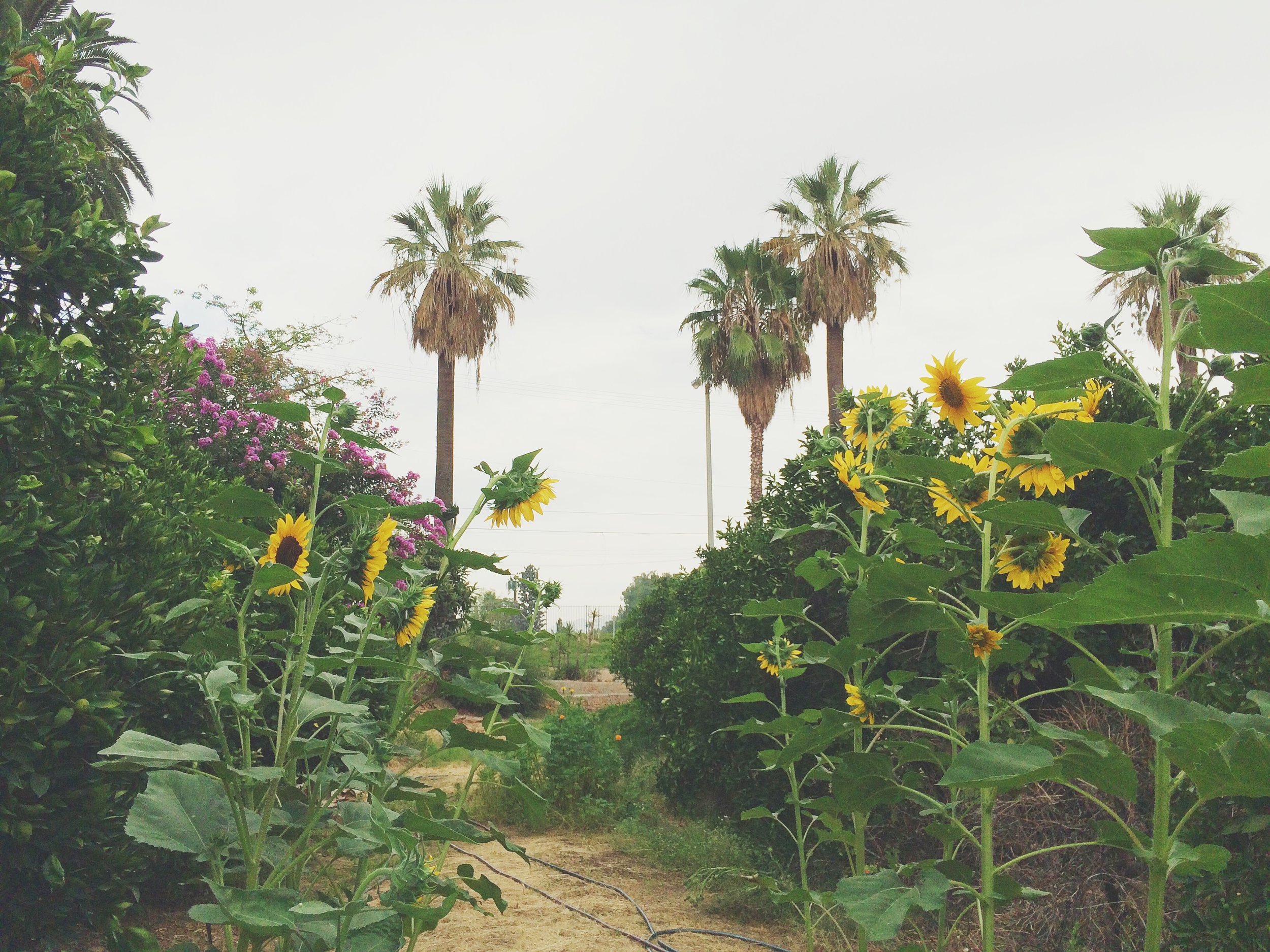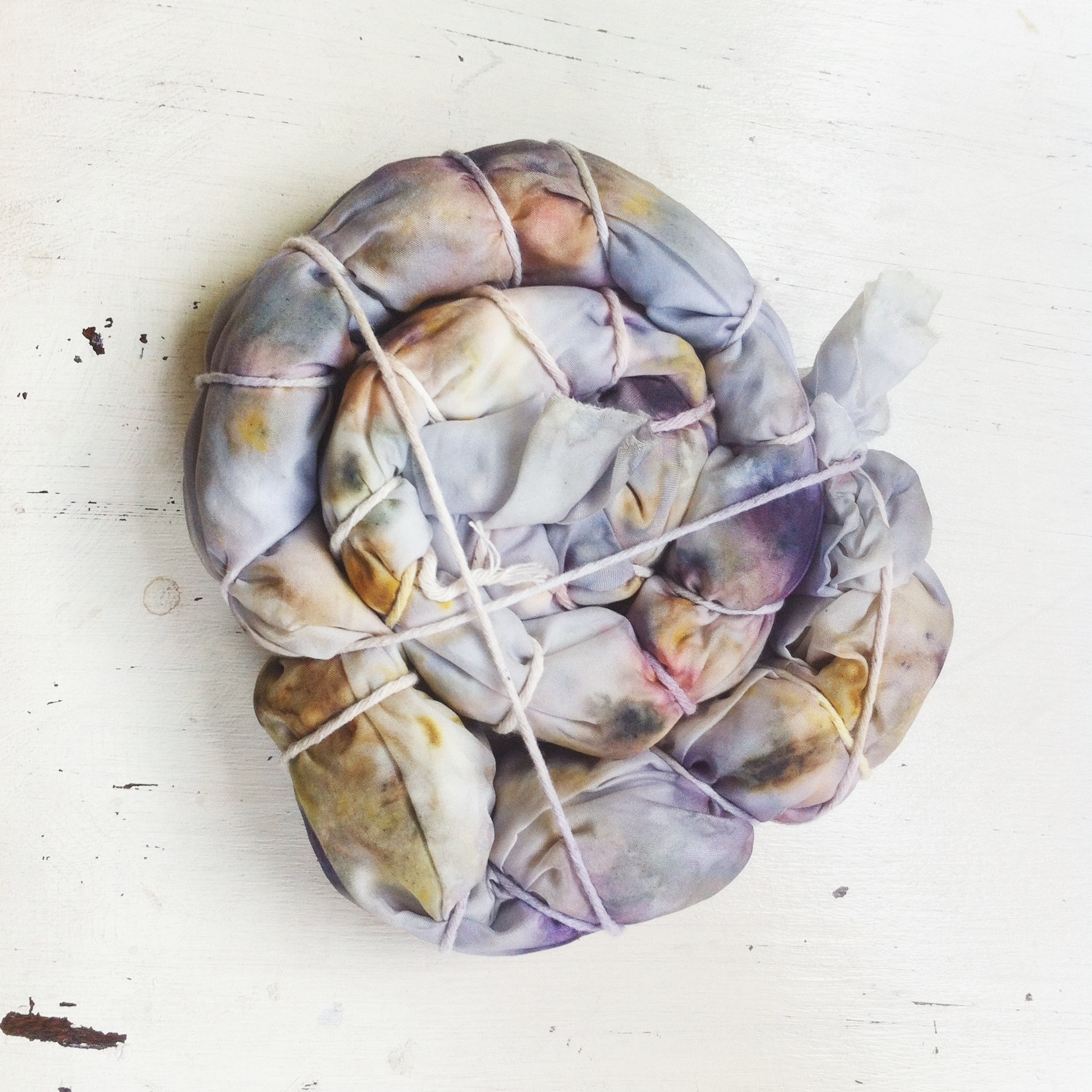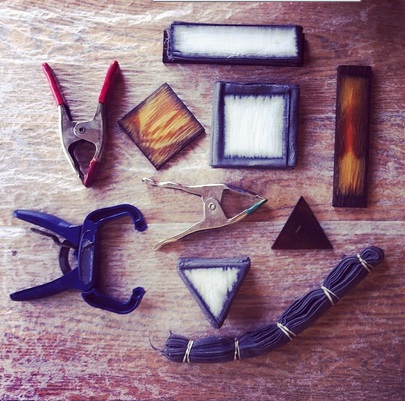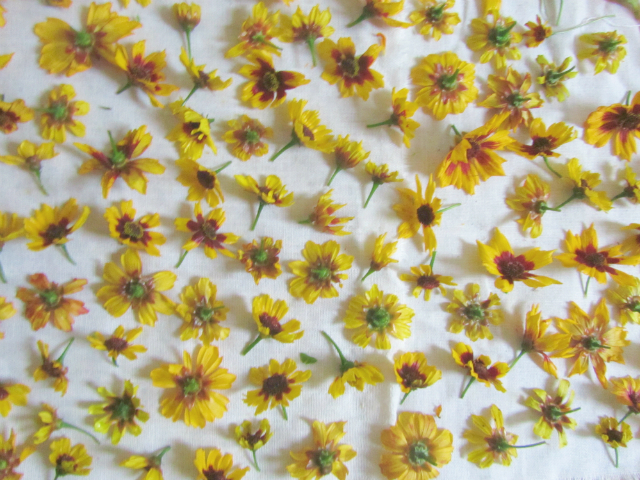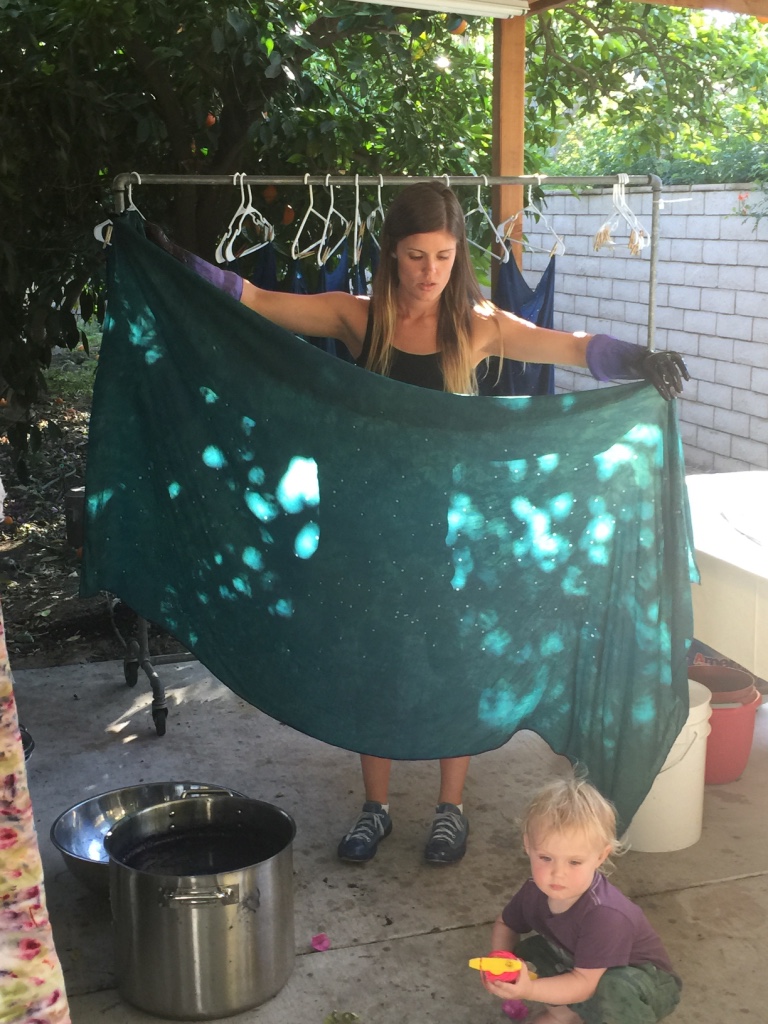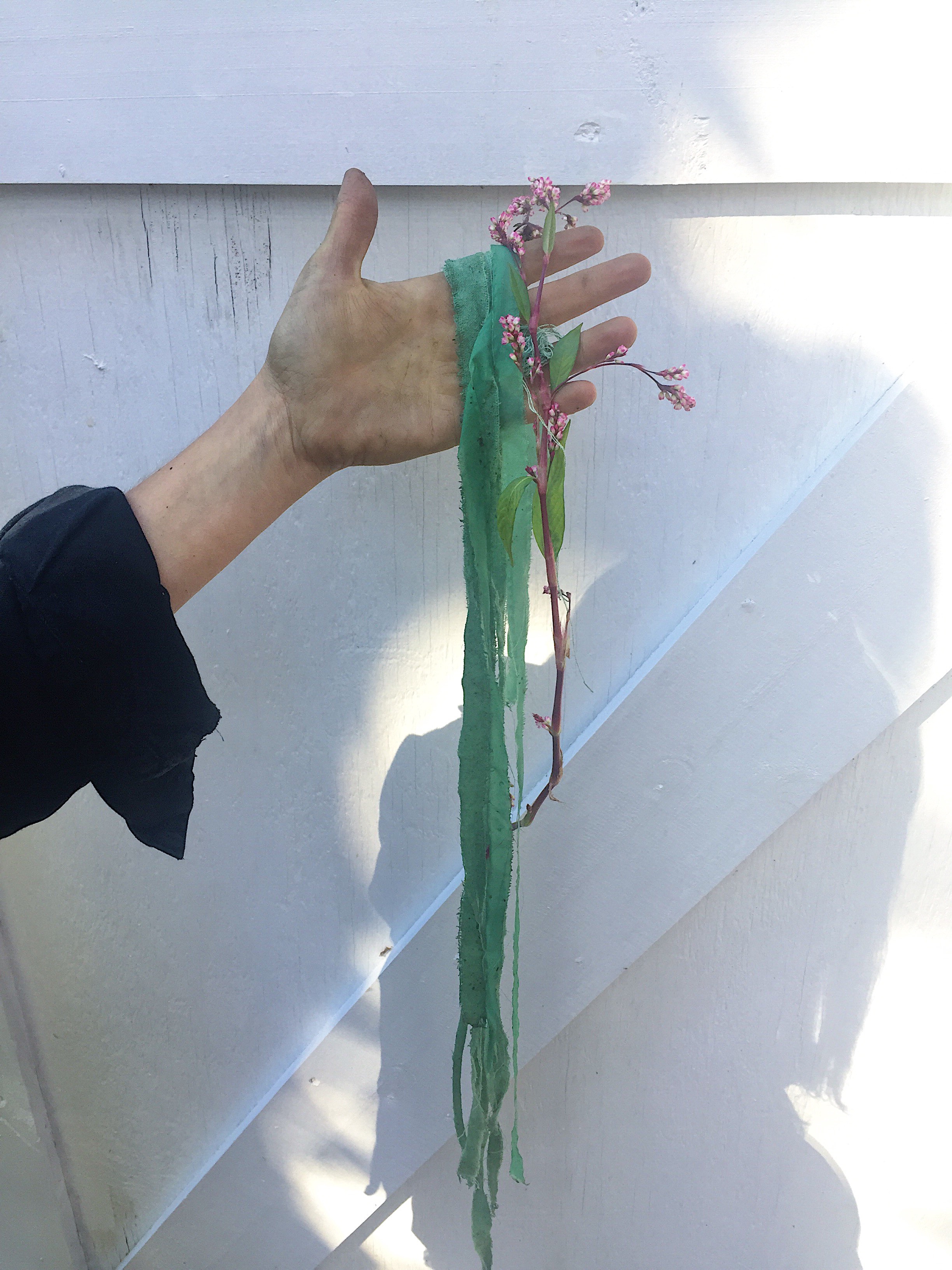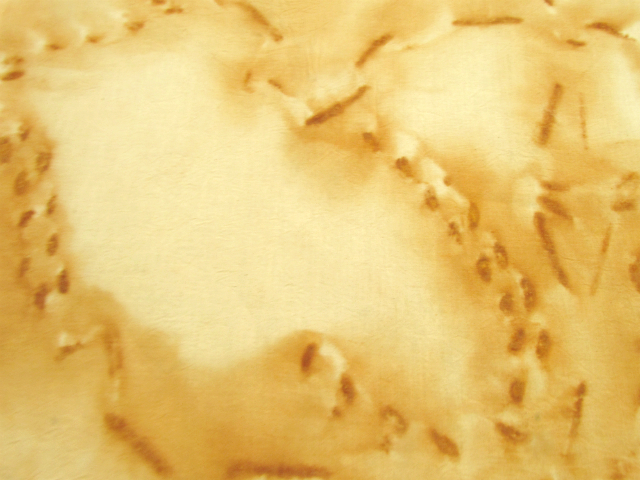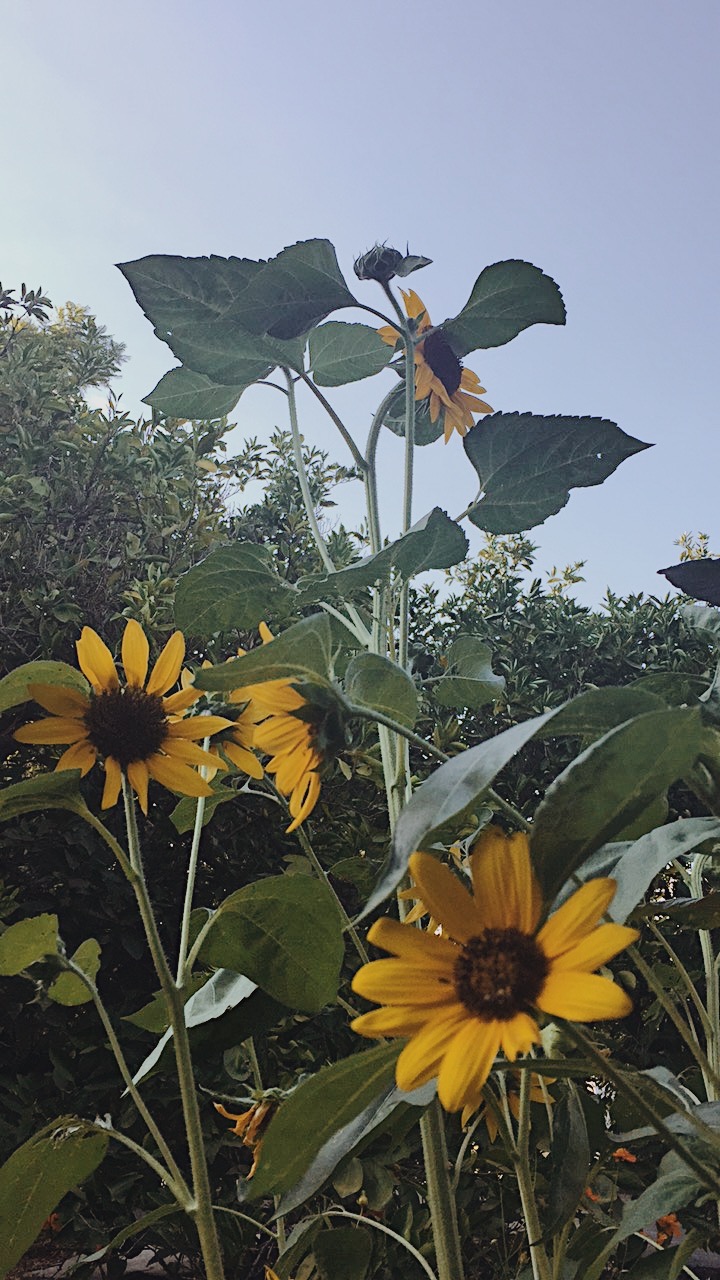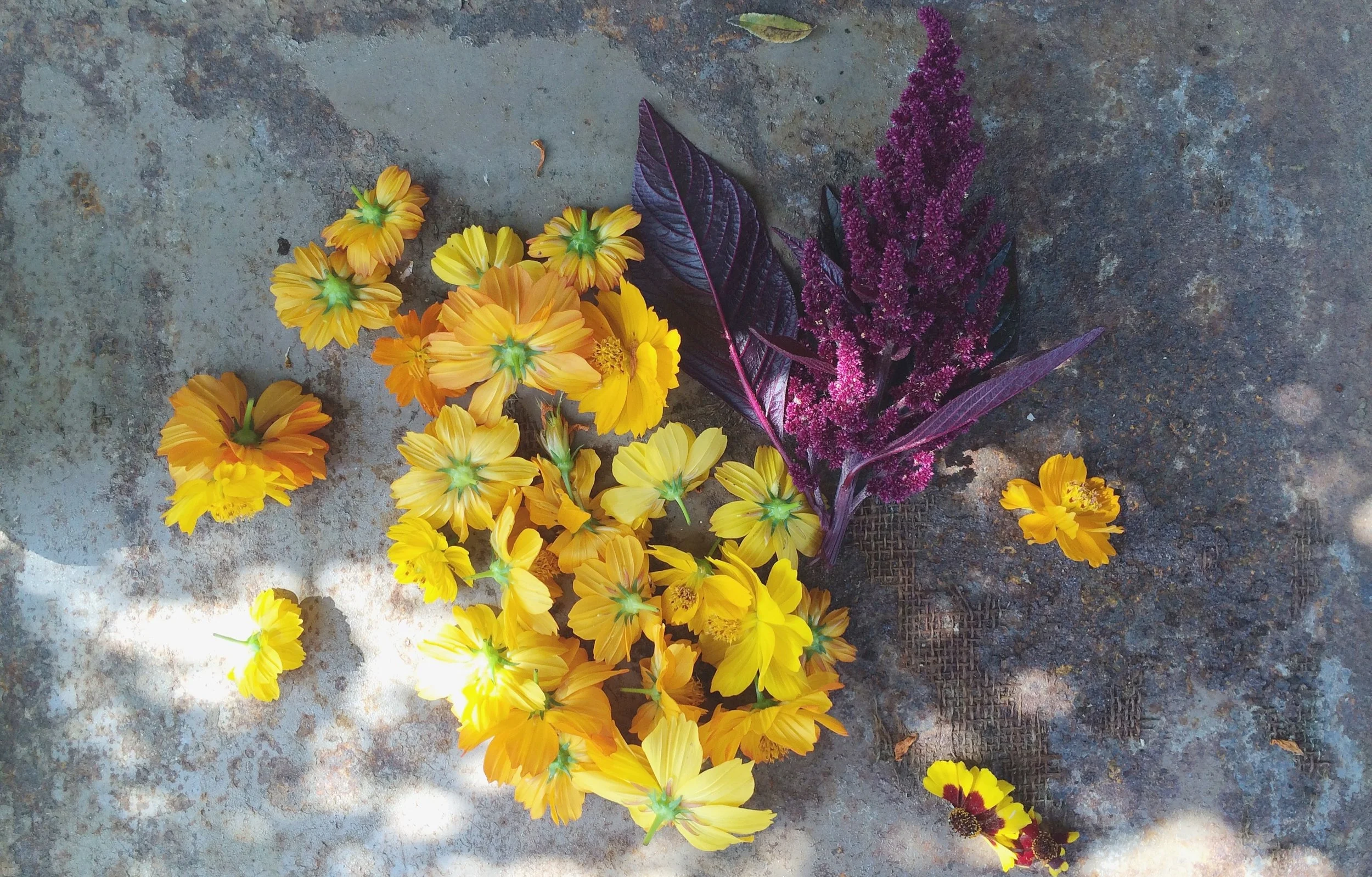Process


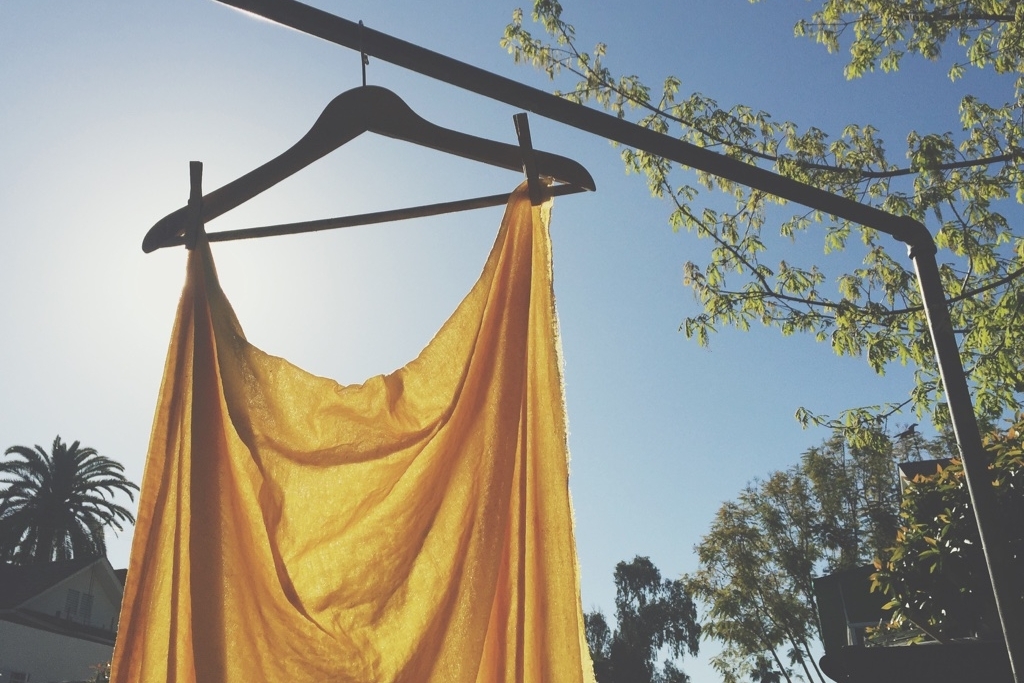
The dogwood dyer grows dye plants organically in southern california as well as forages in a sustainable manner for abundant local plants. Everything from flowers to leaves, roots, berries and minerals may be used to create a diversity of rich & living colors.
Water is added to the natural materials to create an extraction of color & the fibers are separately pre-treated with a natural metal salt called a mordant to ensure adequate color adhesion & subsequent light and wash fastness throughout the lifetime of the textile.
To reduce energy input, many colors are achieved through patience & time without the additional application of heat for mordanting or extraction. Natural dyeing requires the use of many gallons of water, a precious and finite resource. Water saving dye techniques such as bundle dyeing, reusing mordant baths and concentrating leftover dyebaths for future color use or dyeing with captured rain water are also employed.
Every individual plant imparts a unique & unrepeatable color depending on the soil, sun, rain, harvest time, water quality and temperatures involved in the growing and processing. These invariable differences are embraced and set the natural dye process apart from using synthetic, petrochemical derived colorants.
There are a multitude of ways to reduce negative impact to the environment such as tapping waste streams for natural color and re-evaluating the ingredients and methods within the traditional processes of natural dyeing. The dogwood dyer has worked with restaurants to use their kitchen scraps for color, as well as experimented and employed alternate methods of mordanting by using plants alone, avoiding the use of mined metal salts.
